5$ DSLR Onboard Ring Flash Adapter
by mr blackner in Craft > Photography
13887 Views, 37 Favorites, 0 Comments
5$ DSLR Onboard Ring Flash Adapter
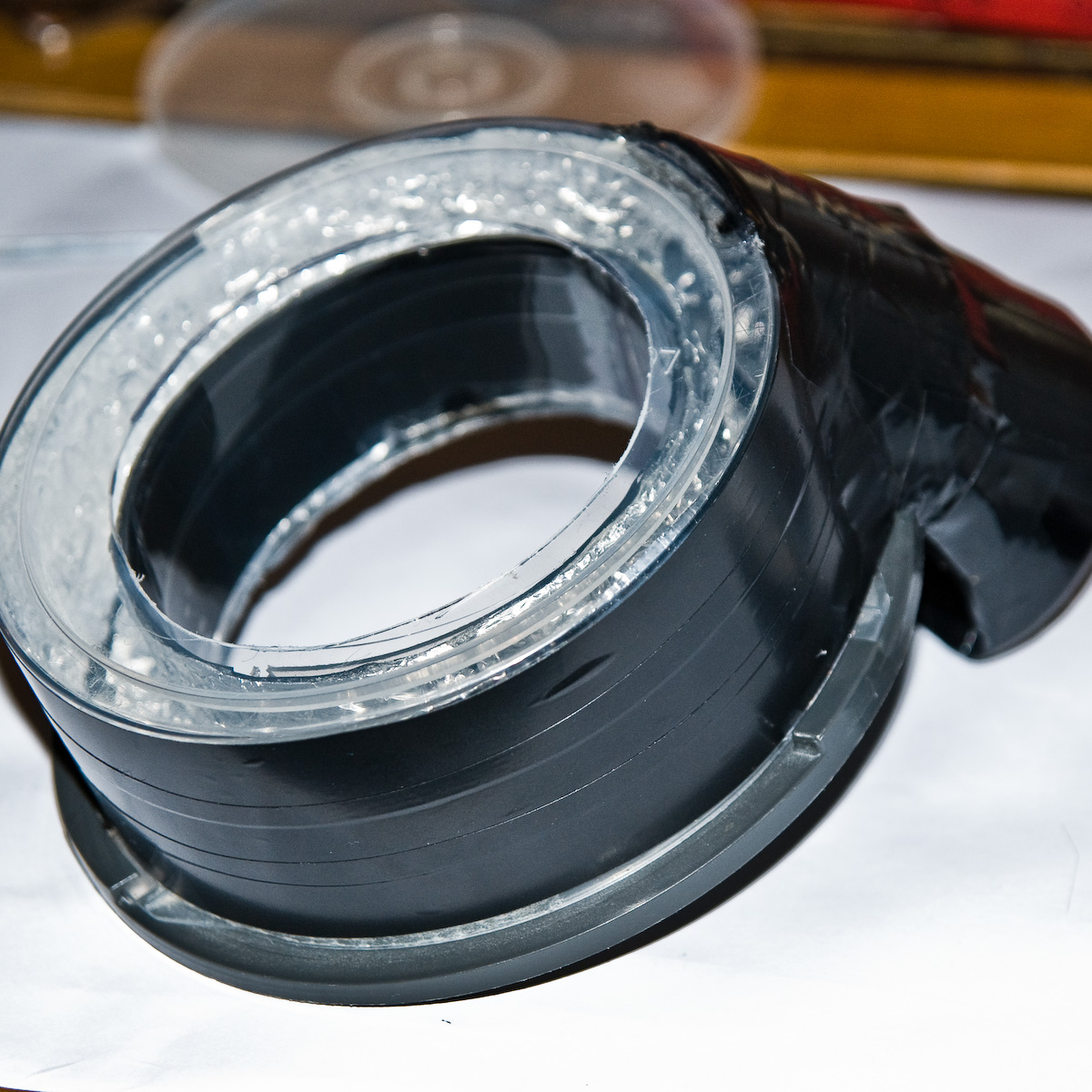
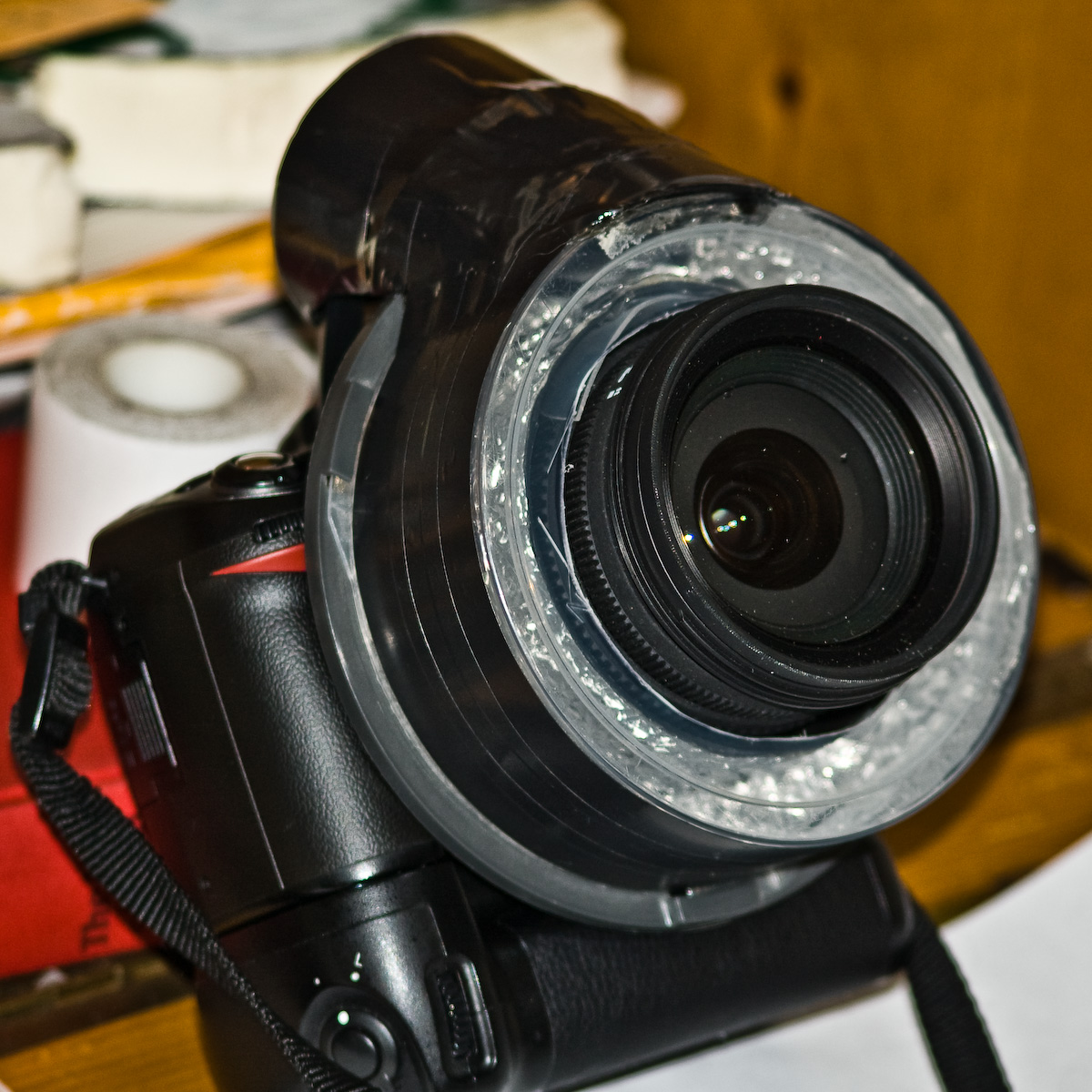
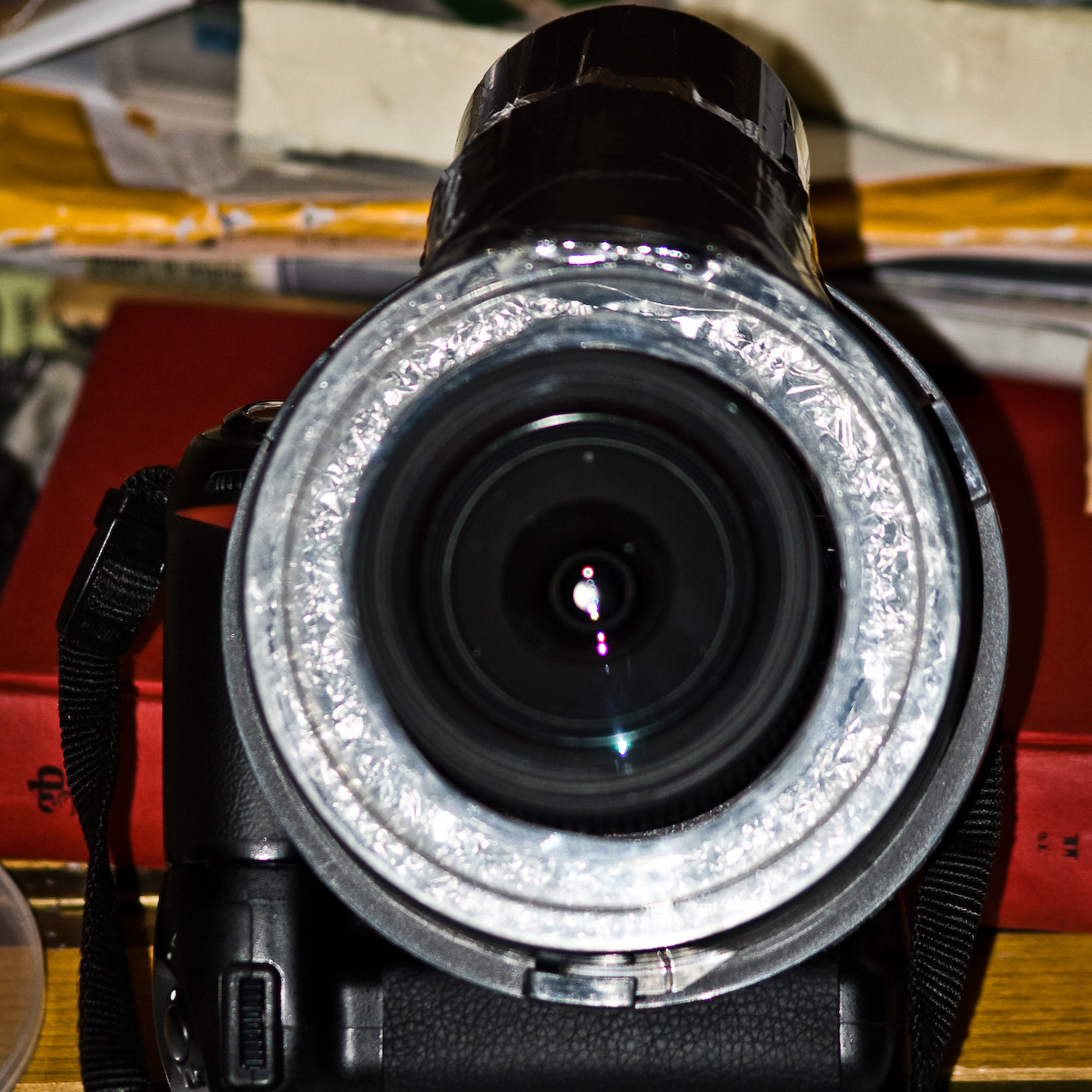
This structible will show you how to create a ring flash for bigger compacts and DSLRs.
essentially a ring flash shoots a ring of light around the lens which evenly lights your subject and gives an excellent soft light to your subject. Great for model portraits close ups and macro these can cost hundreds of pounds for a cheap one.
These are great for using at night say at a party or event, they give even light without being over powering like the normal camera flash produces and also gives that funky round catchlight effect you see in models eyes sometimes
I was going to try to build one using a separate flash i scalped of ebay but then i figured id see what i could do with the onboard flash on my camera since its fully intergrated with the camera and works well but leaves bad shadows and can over light things too close to the lens.
The base of this is a couple of old cd stack cases, i had a few lying around and i reckon most folk do otherwise scrounge around ask a friend or your IT department im sure they'll have spares.
Ive called it the $5 flashring because assuming you have the old disk cases the rest is just a bit of tin foil some black tape and glue most of which can be picked up for less then $5 (or about £3 from tescos)
It isn't perfect and there probably a lot more i could do with it but hey thats what this sites all about feel free to adapt and modify to suit your own needs.
essentially a ring flash shoots a ring of light around the lens which evenly lights your subject and gives an excellent soft light to your subject. Great for model portraits close ups and macro these can cost hundreds of pounds for a cheap one.
These are great for using at night say at a party or event, they give even light without being over powering like the normal camera flash produces and also gives that funky round catchlight effect you see in models eyes sometimes
I was going to try to build one using a separate flash i scalped of ebay but then i figured id see what i could do with the onboard flash on my camera since its fully intergrated with the camera and works well but leaves bad shadows and can over light things too close to the lens.
The base of this is a couple of old cd stack cases, i had a few lying around and i reckon most folk do otherwise scrounge around ask a friend or your IT department im sure they'll have spares.
Ive called it the $5 flashring because assuming you have the old disk cases the rest is just a bit of tin foil some black tape and glue most of which can be picked up for less then $5 (or about £3 from tescos)
It isn't perfect and there probably a lot more i could do with it but hey thats what this sites all about feel free to adapt and modify to suit your own needs.
What You Will Need
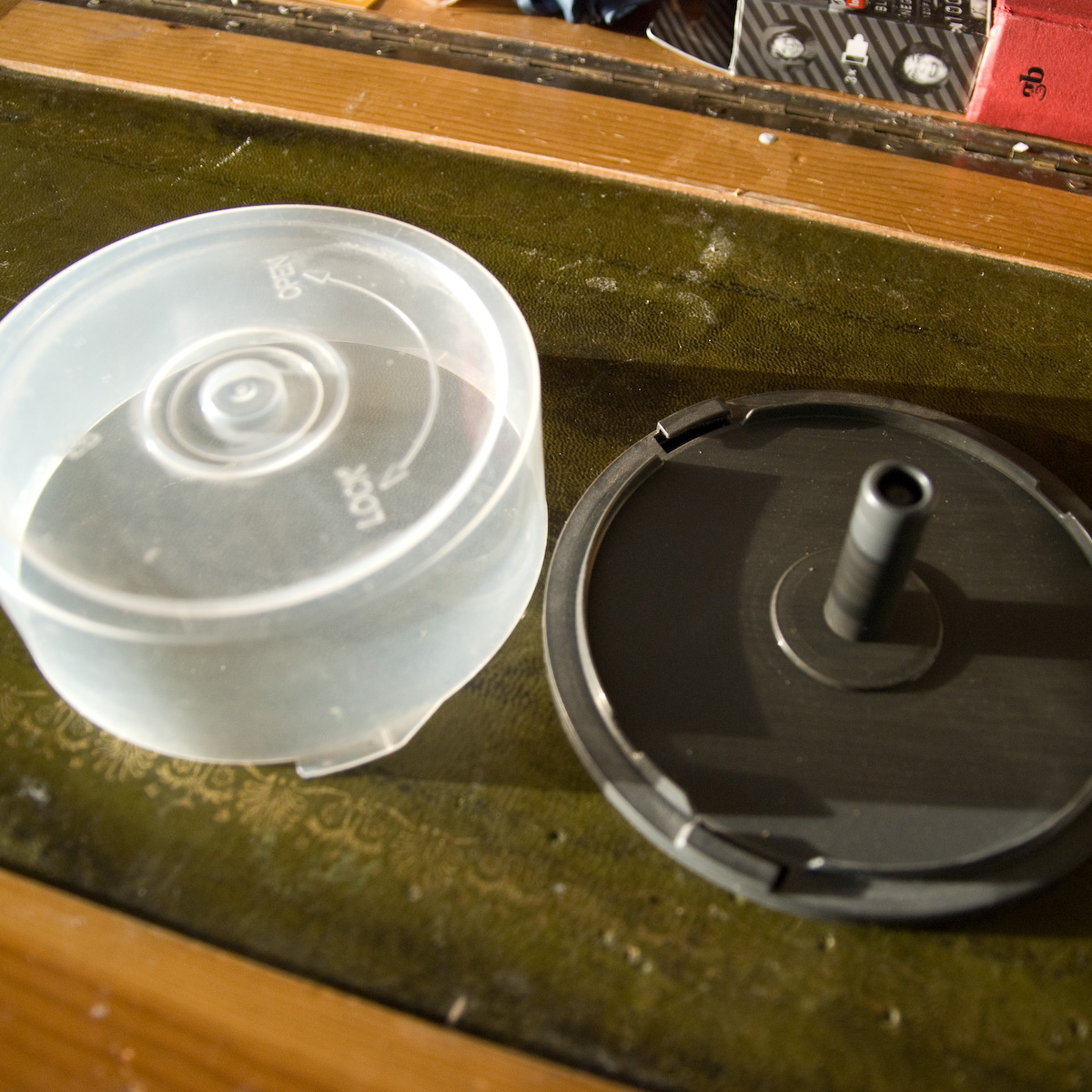
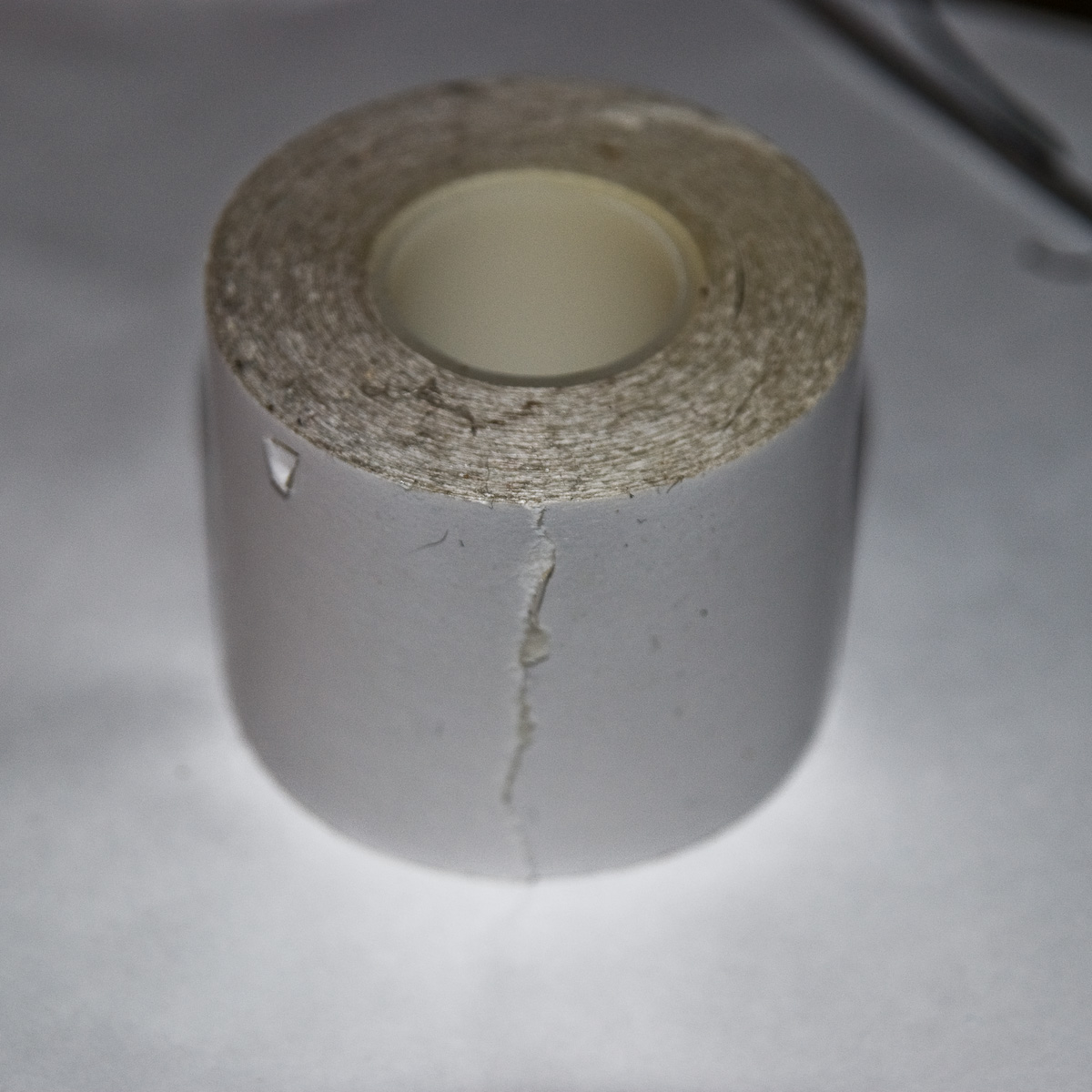
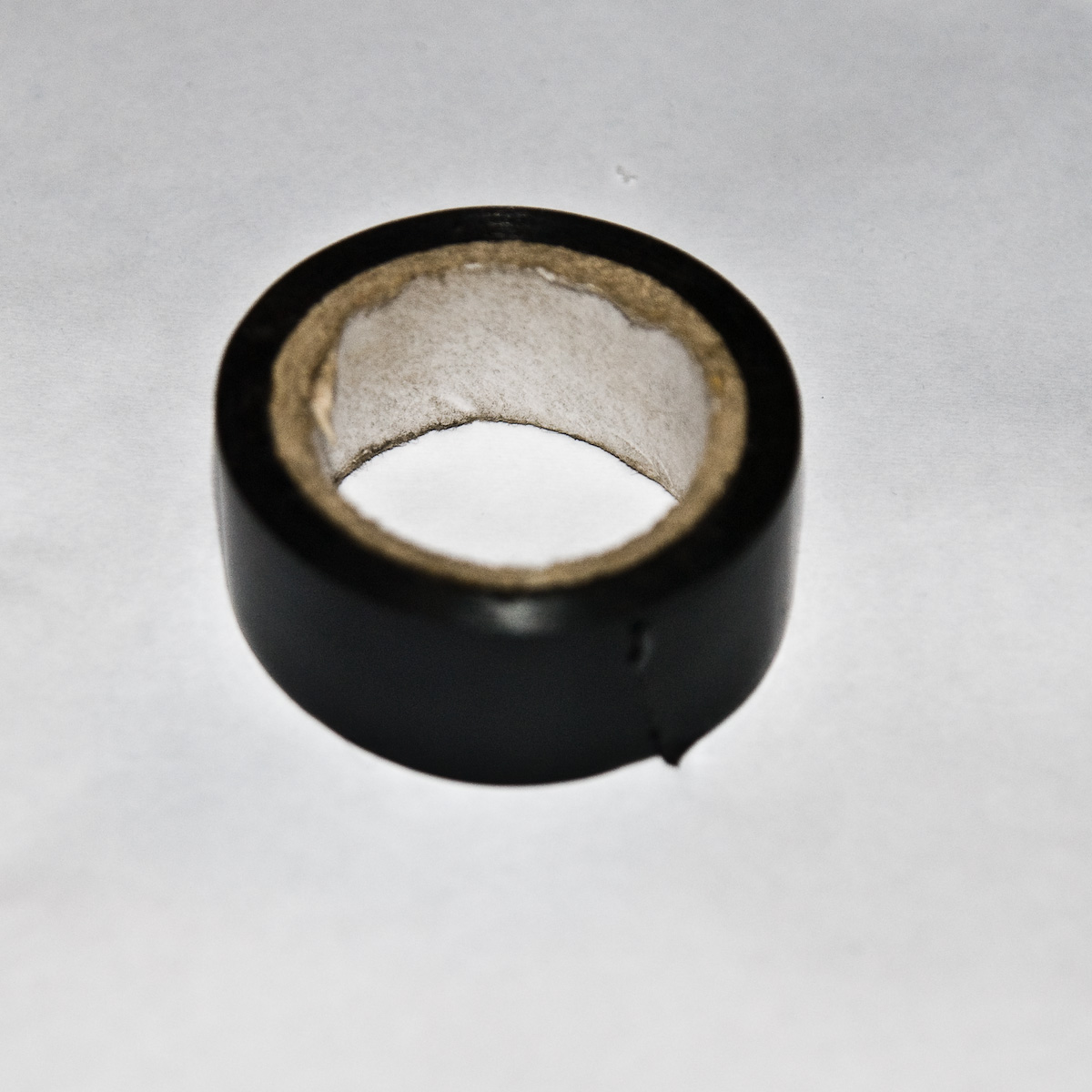
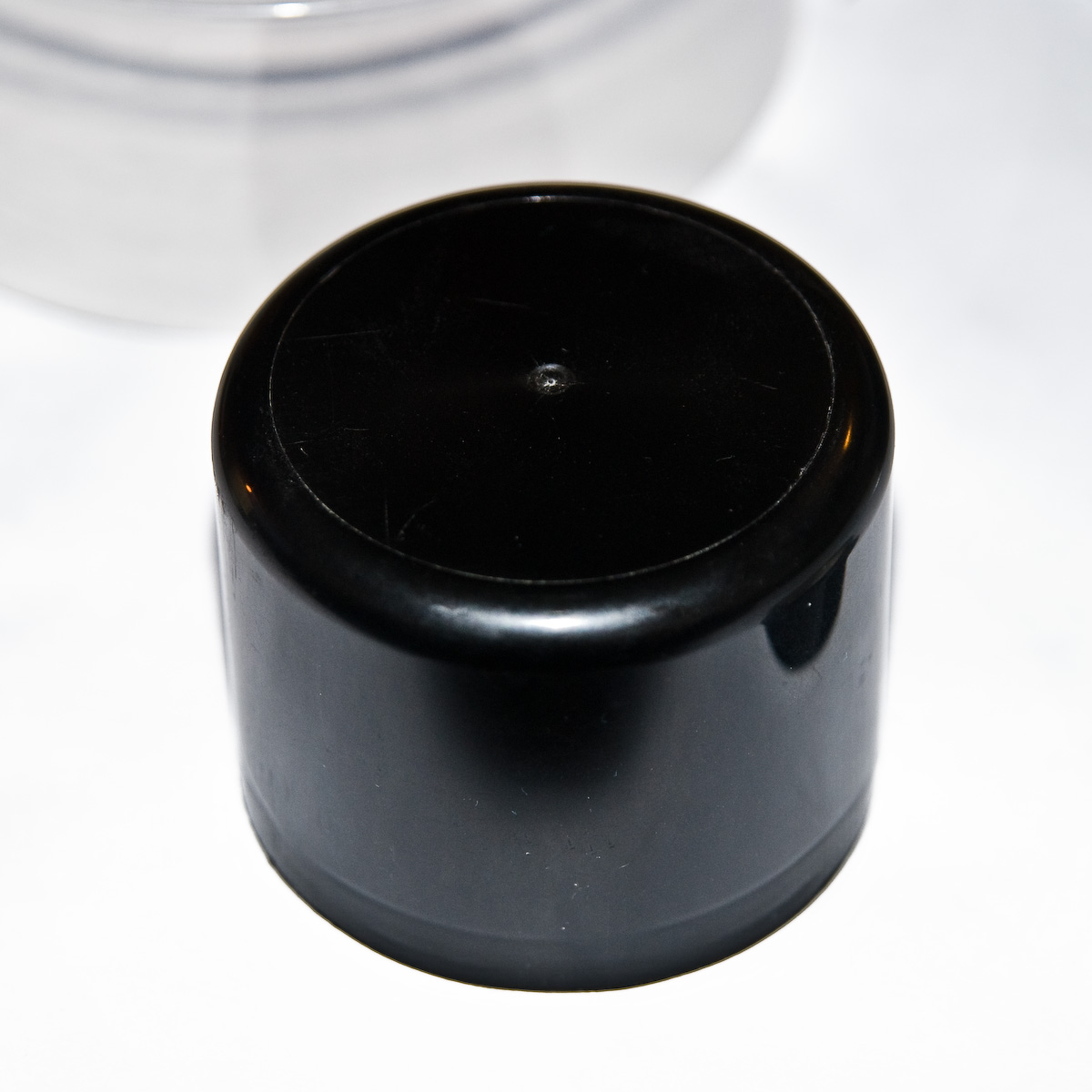
a short list of the things i used
again feel free to substitute any thing for somthing else, thats the whole point of these things to see what some one else has done and adjust it to suit.
Tools used
Craft knife
sturdy scissors (good enough to get through plastic)
hot glue gun
Pliers (trusty leathermans)
Material used
2x 20 ream cd/dvd plastic case (a slimmer 10 ream of discs might be a bit more compact for smaller lenses)
a lid from a aerosol can
tin foil
double sided tape
glue for hot gun
black pvc insulation tape
Misc items used
a battery to space the craft knife
a sharpie to mark the plastic for cutting
masking tape to hold things together before gluing
again feel free to substitute any thing for somthing else, thats the whole point of these things to see what some one else has done and adjust it to suit.
Tools used
Craft knife
sturdy scissors (good enough to get through plastic)
hot glue gun
Pliers (trusty leathermans)
Material used
2x 20 ream cd/dvd plastic case (a slimmer 10 ream of discs might be a bit more compact for smaller lenses)
a lid from a aerosol can
tin foil
double sided tape
glue for hot gun
black pvc insulation tape
Misc items used
a battery to space the craft knife
a sharpie to mark the plastic for cutting
masking tape to hold things together before gluing
Start at the Beginning
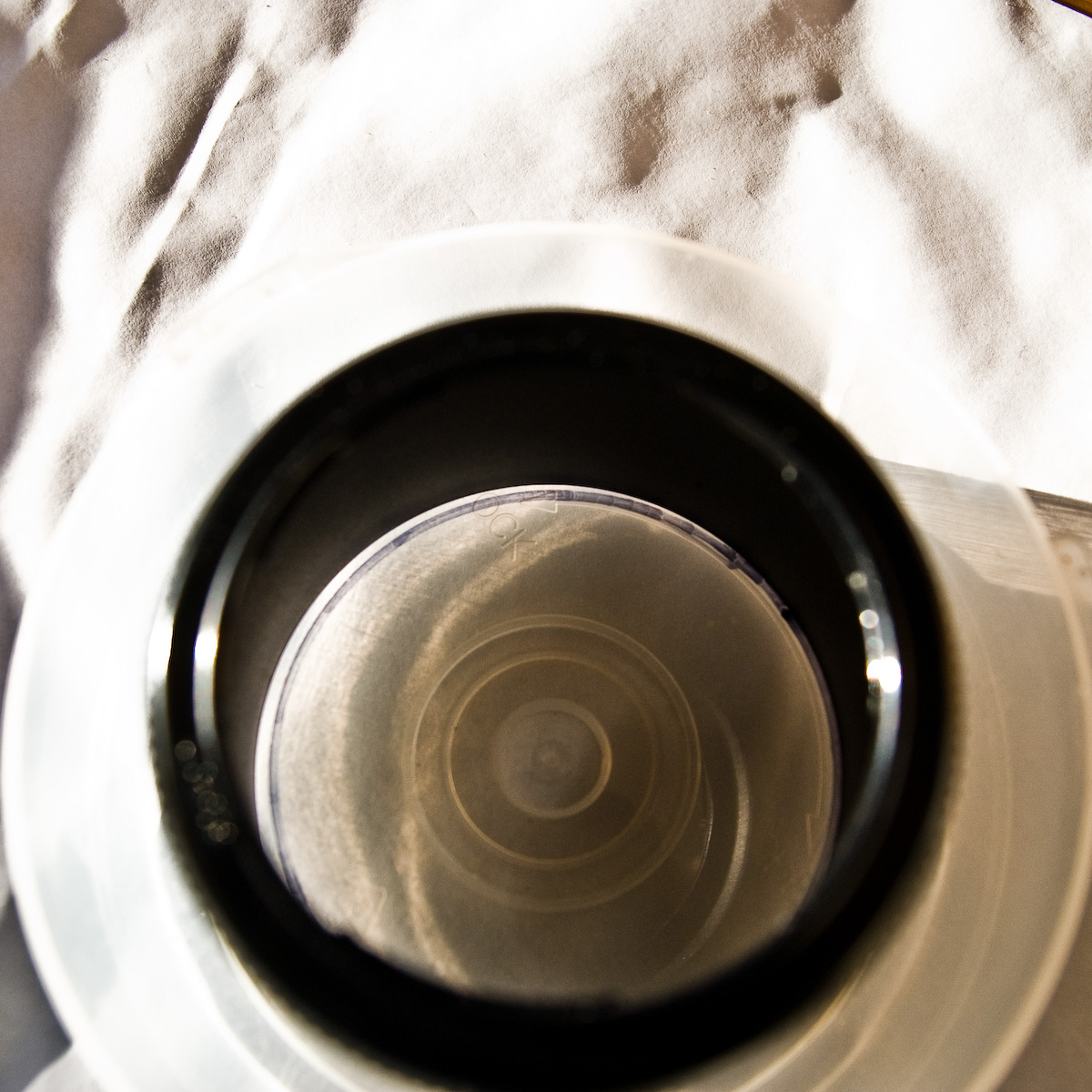

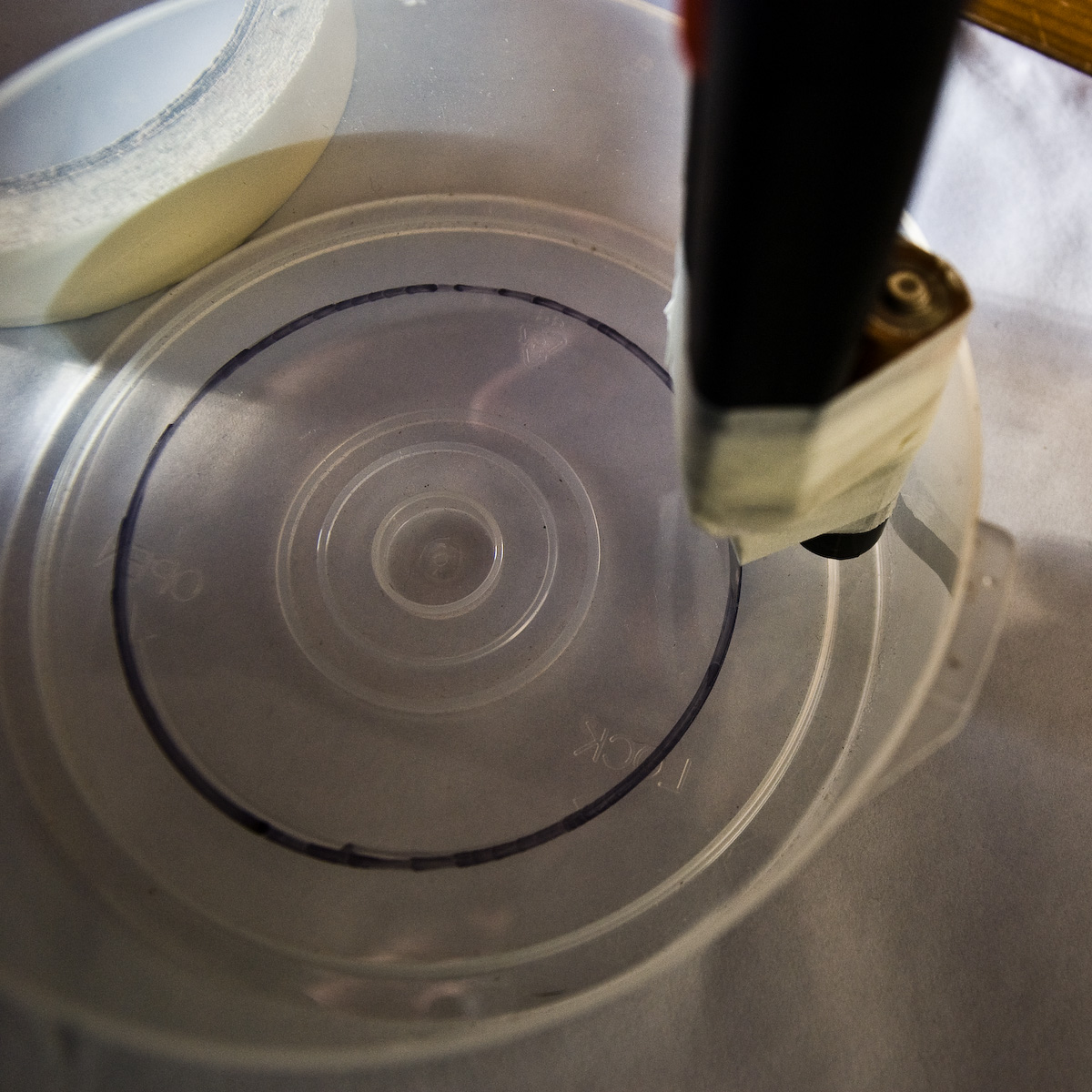
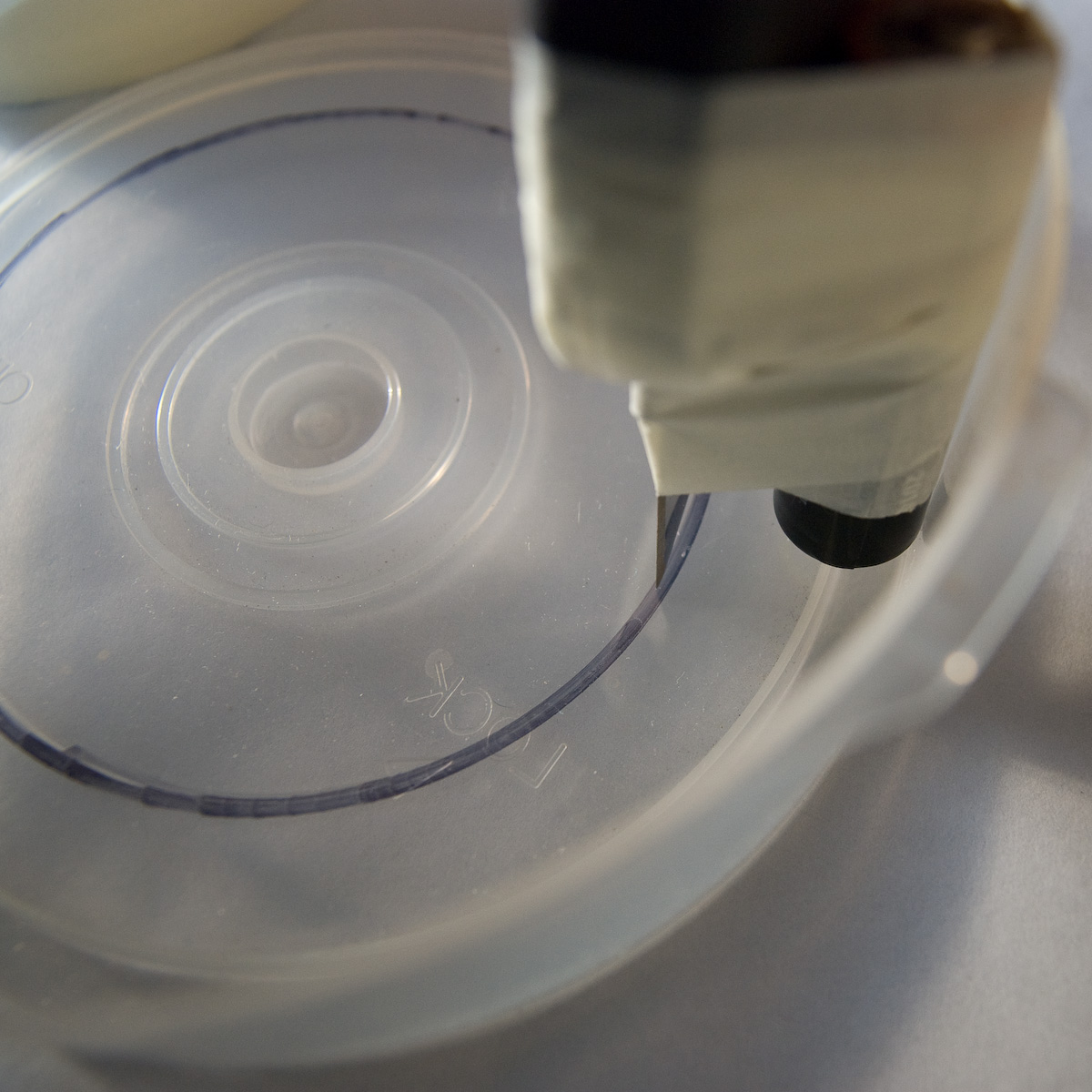
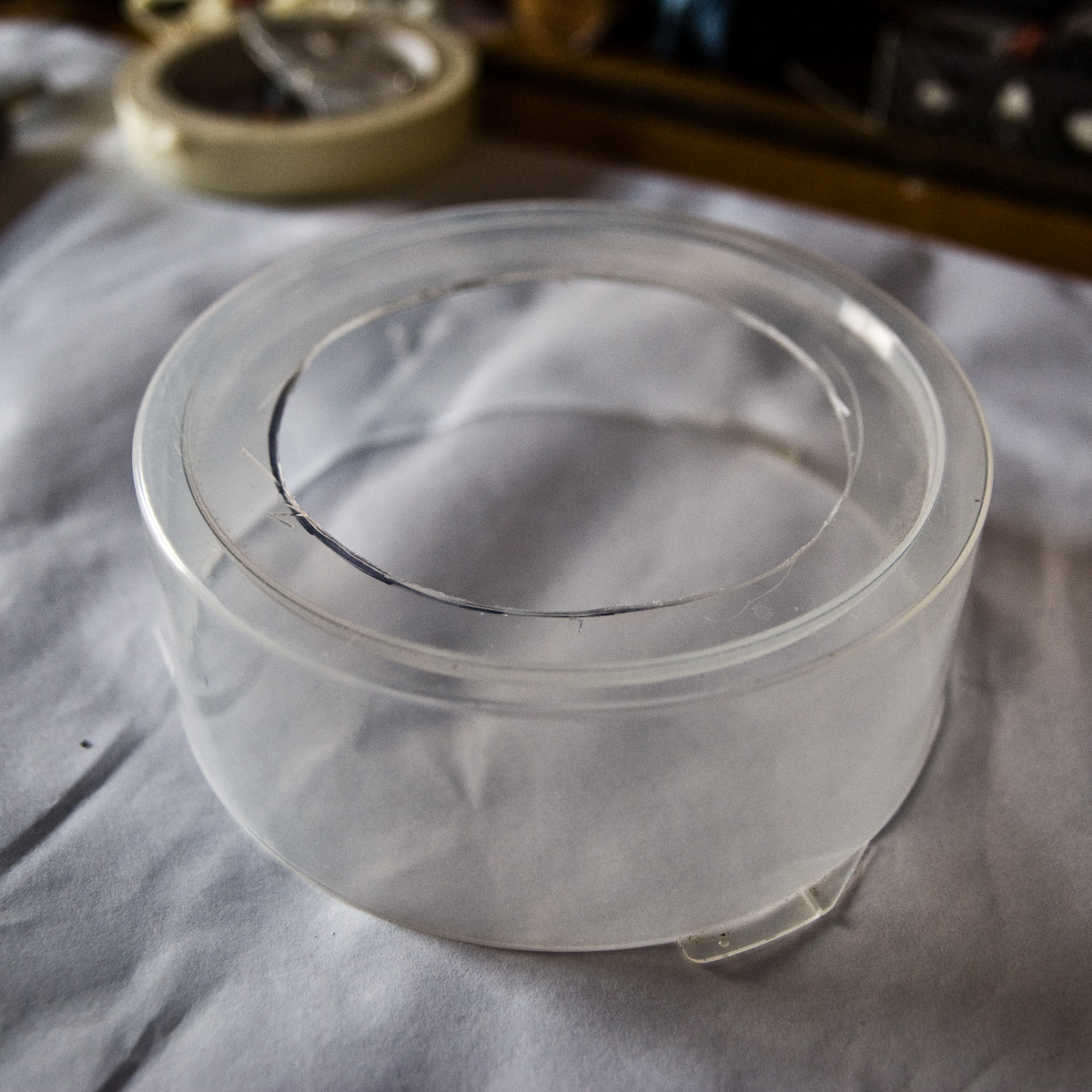
You will need to cut out a hole in the top and bottom of your cd case, it has to be big enough for your lens to fit through. Something like sticky-tape or a largish mug is ideal to use to draw around as long as your lens will comfortably fit through the hole.
I used the large end of the lens hood for one of my lenses it was big enough that it would fit over easily, i drew around the inside of the hood to mark where to cut and the same on the base part of the case.
I then used a craft knife to cut out the centers, to ensure that i got a consistent cut i used a battery taped to the craft knife to act as guide and it seemed to work well.
On the base section i used a couple of batteries and used the central spindle to guide the blade.
I used the large end of the lens hood for one of my lenses it was big enough that it would fit over easily, i drew around the inside of the hood to mark where to cut and the same on the base part of the case.
I then used a craft knife to cut out the centers, to ensure that i got a consistent cut i used a battery taped to the craft knife to act as guide and it seemed to work well.
On the base section i used a couple of batteries and used the central spindle to guide the blade.
Creating the Inside Wall and Hood
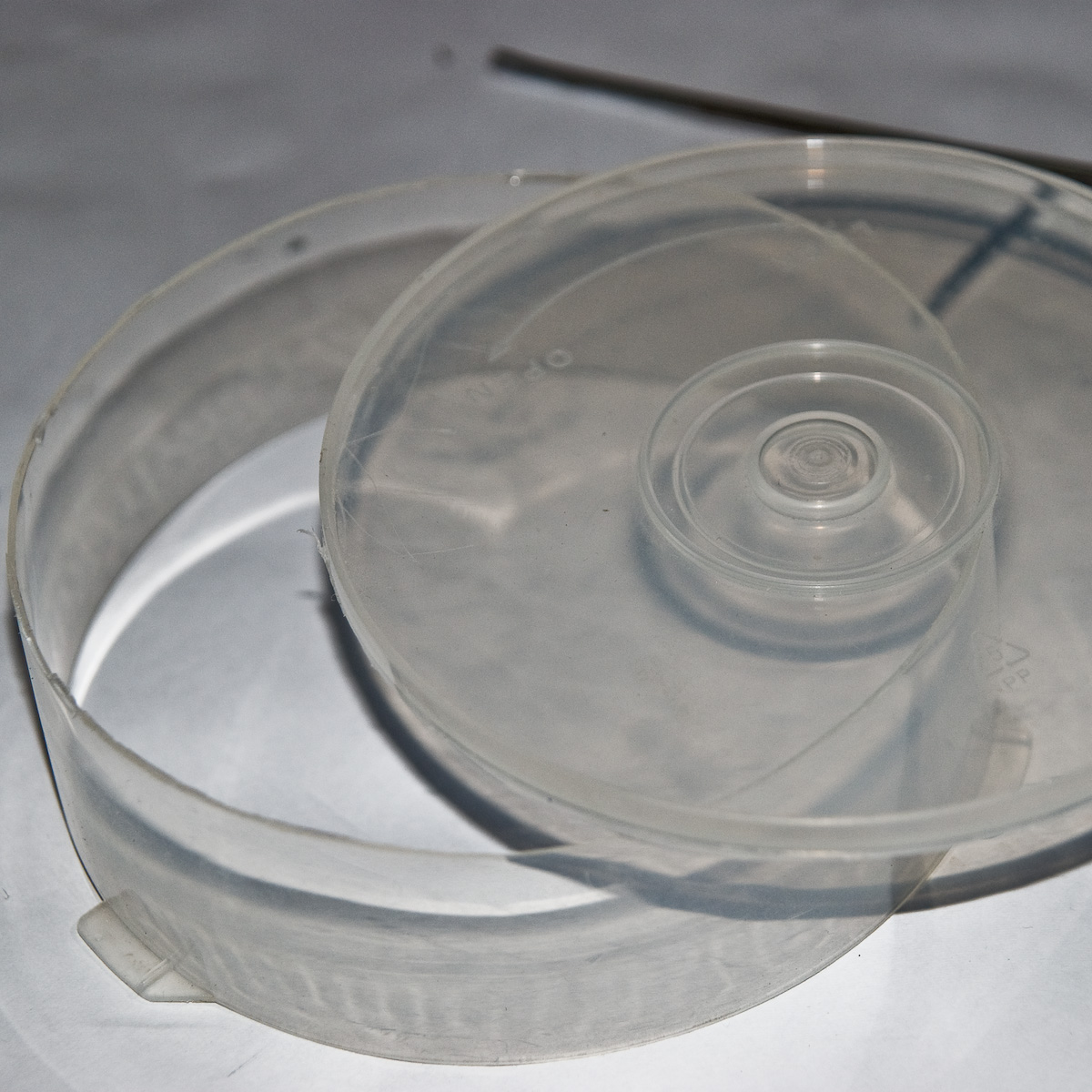
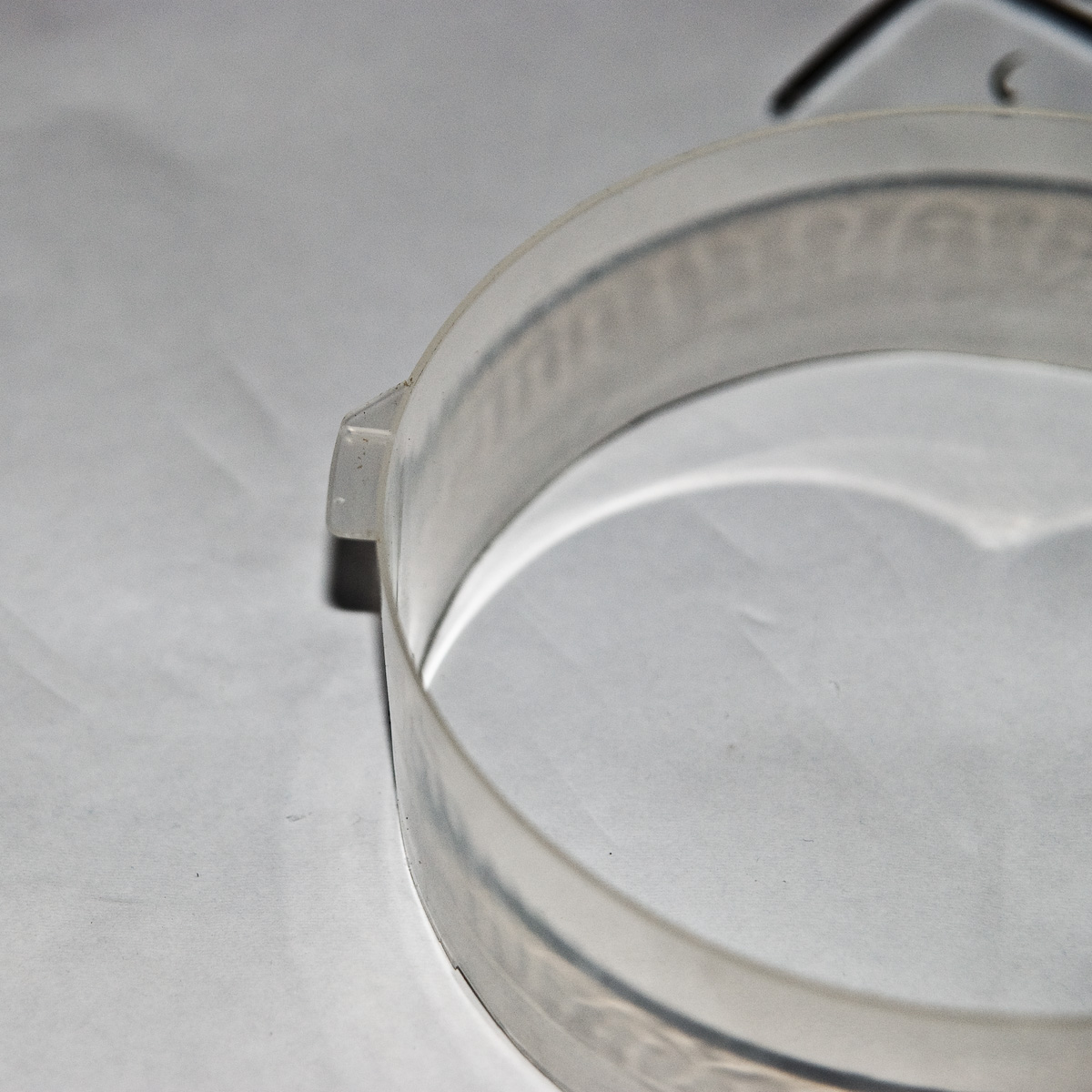
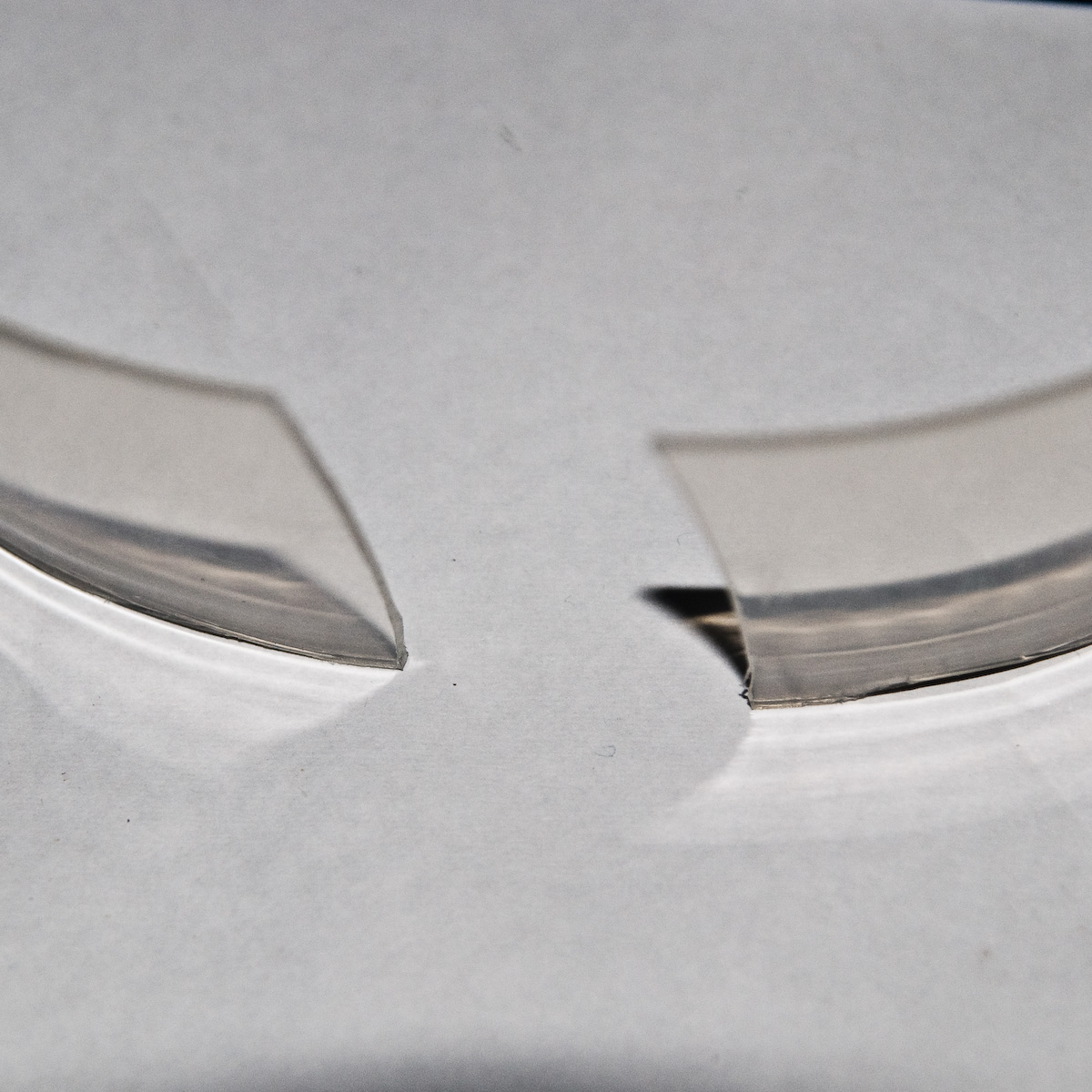
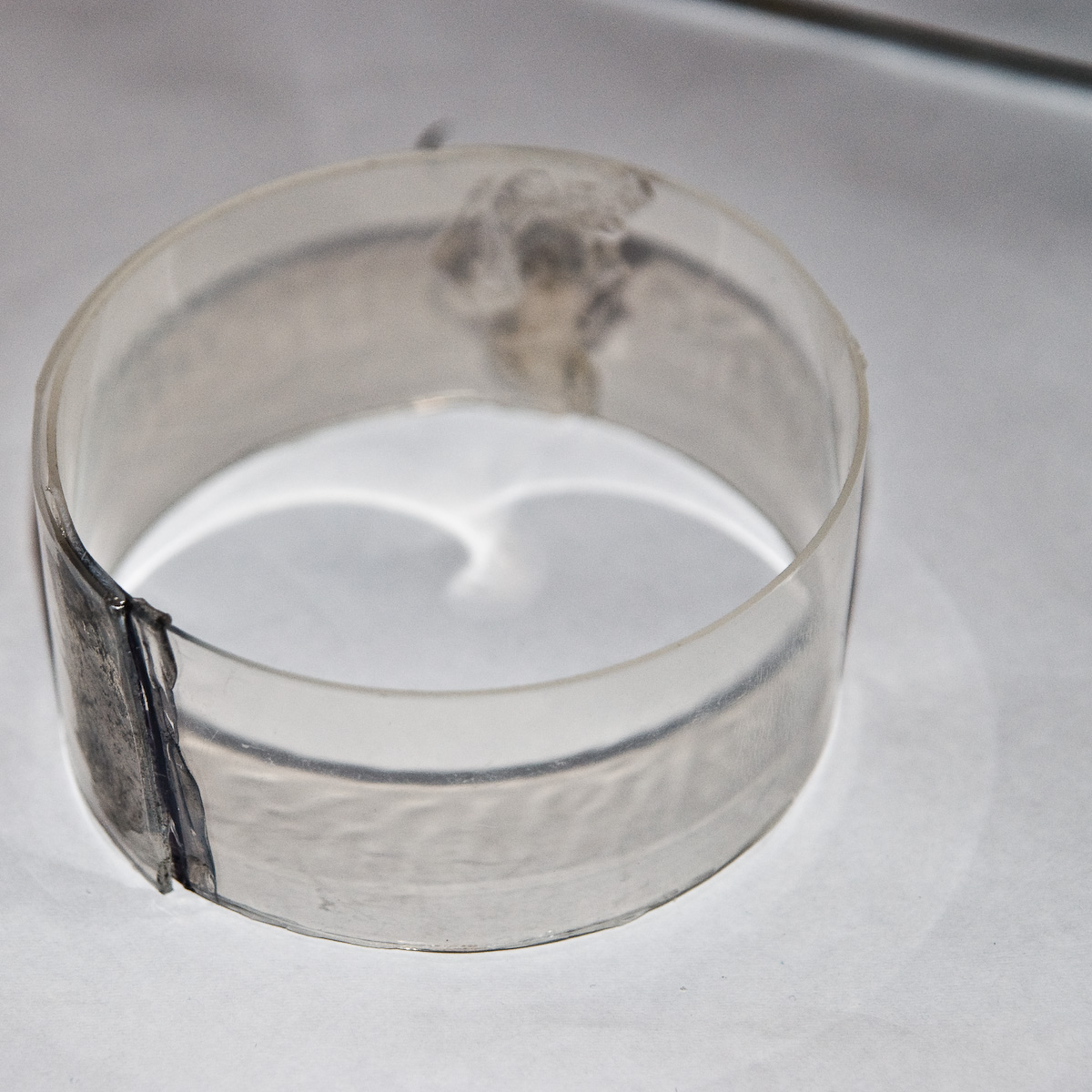
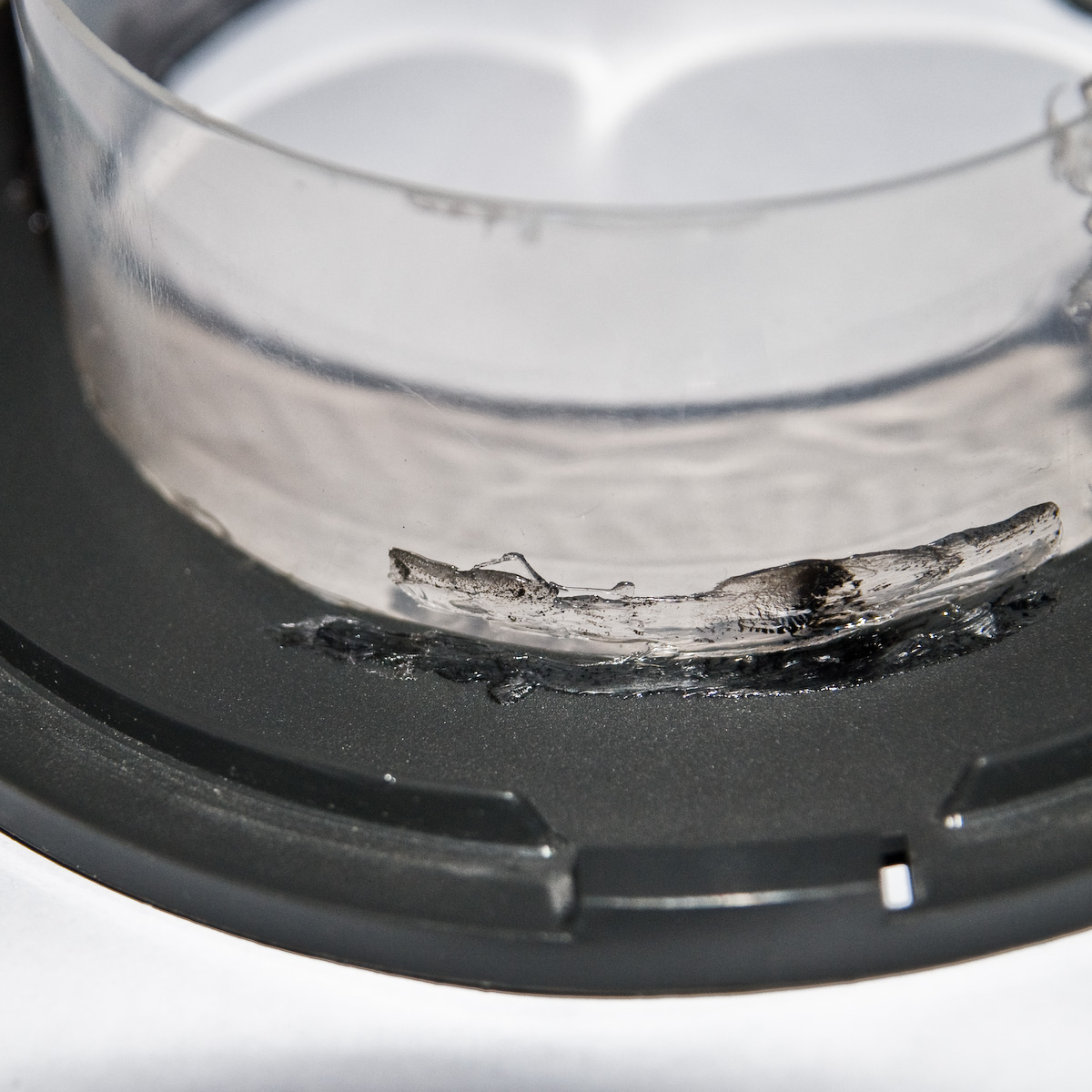
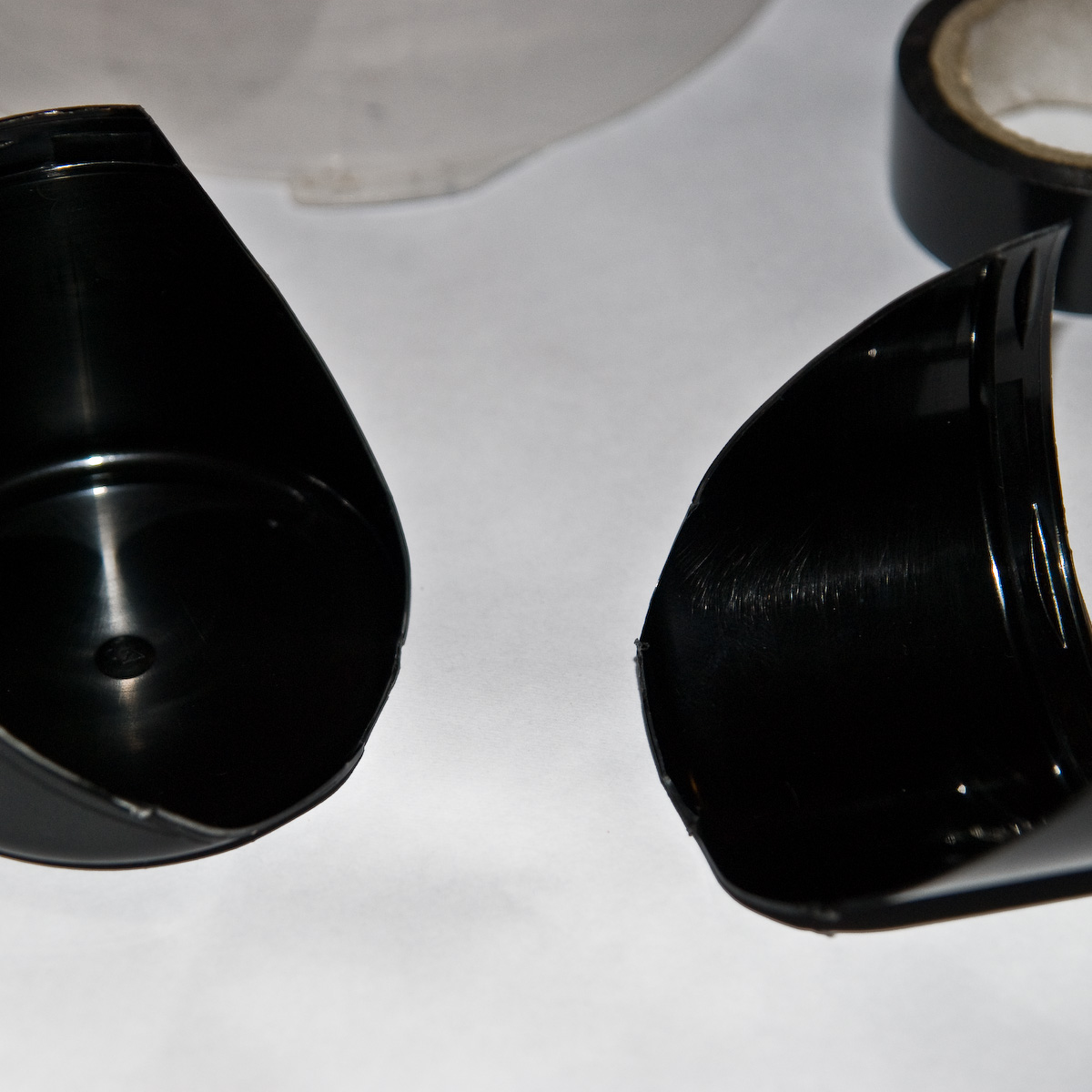
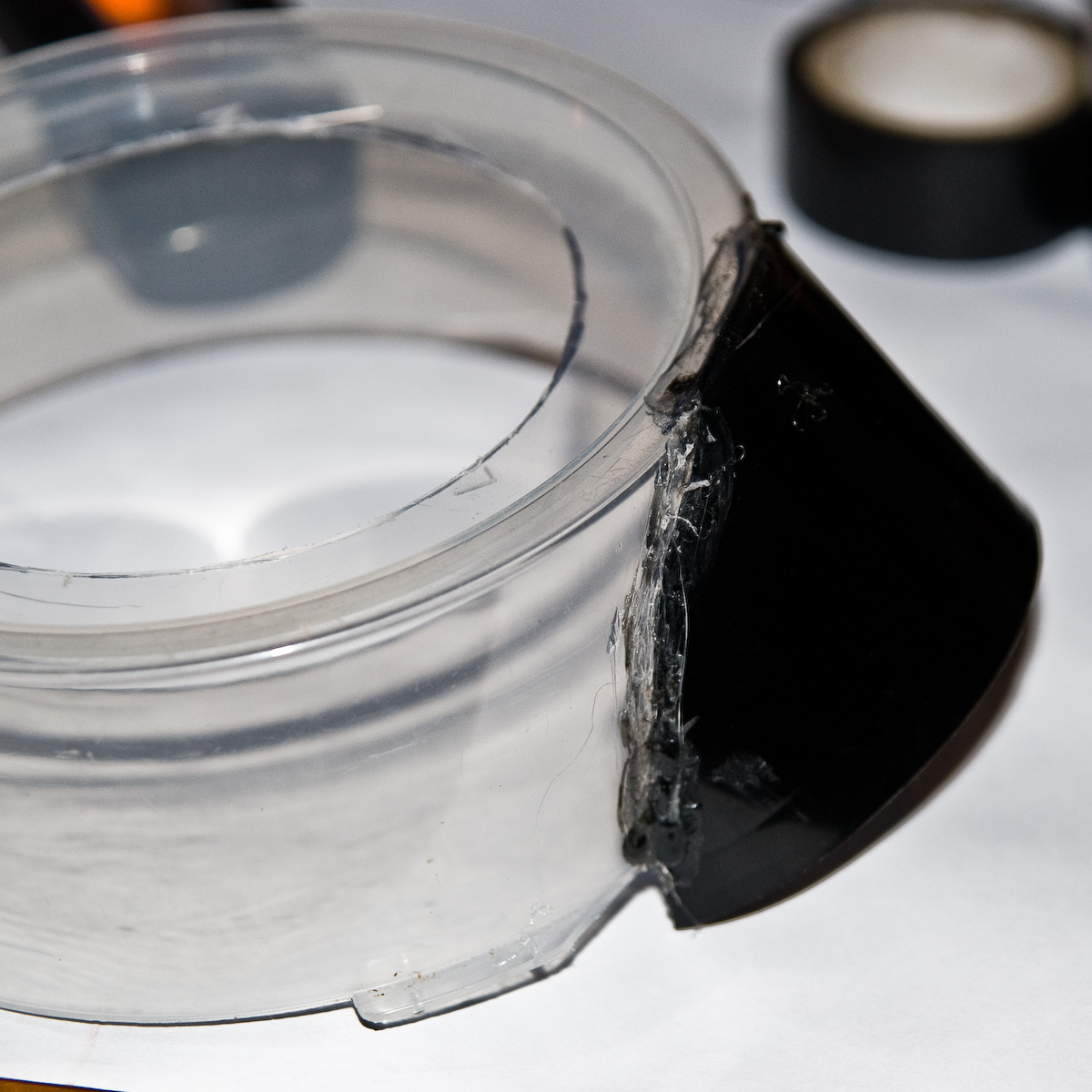
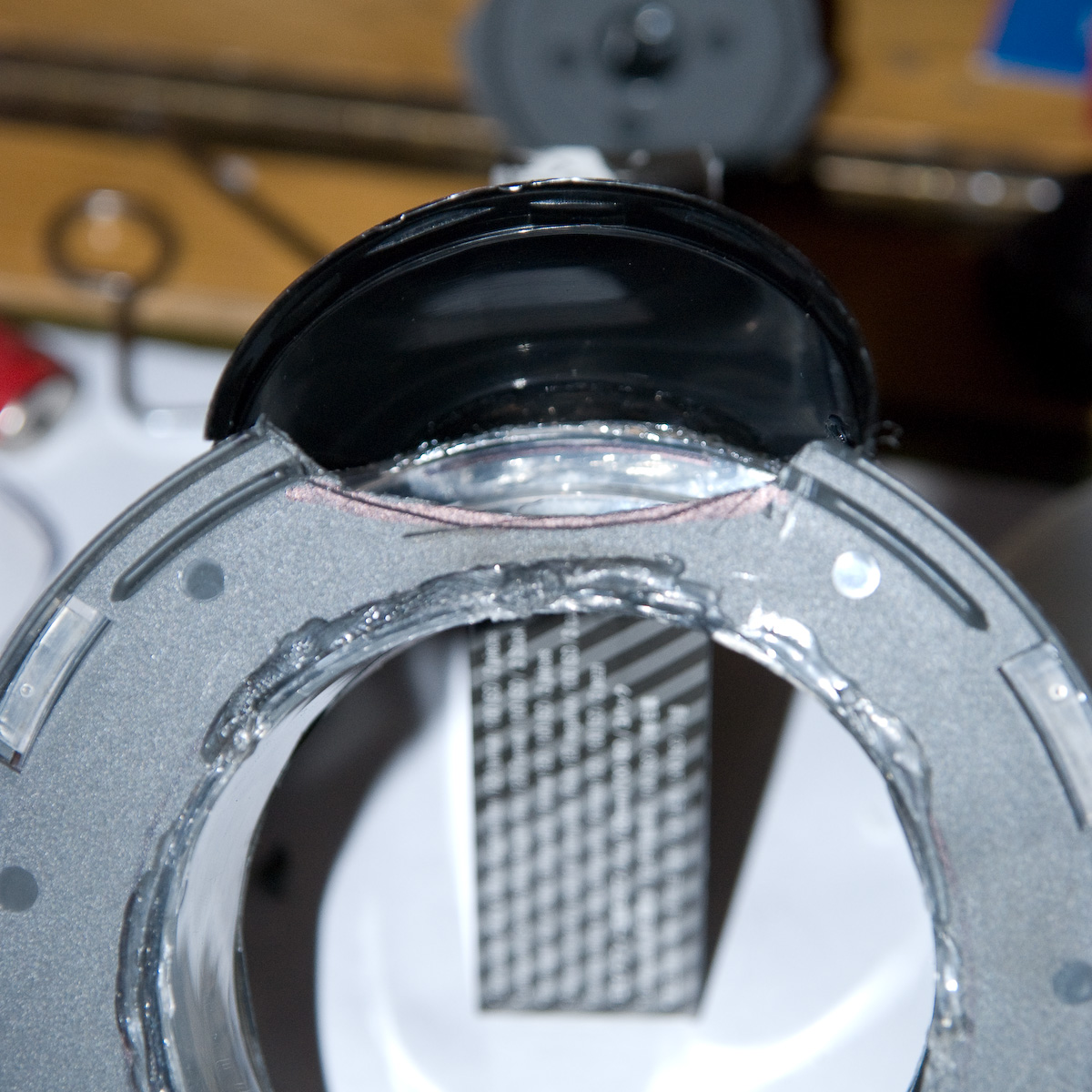
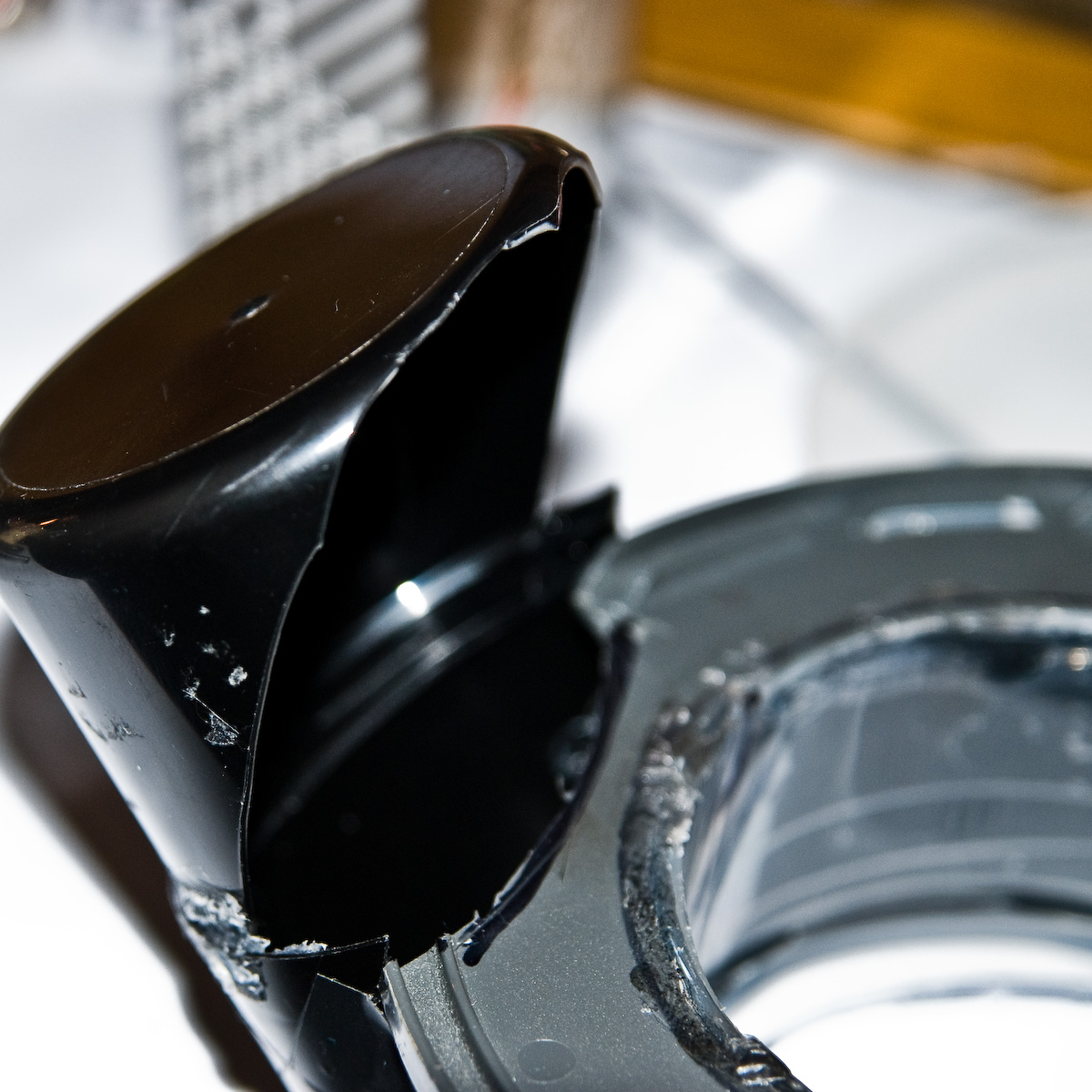
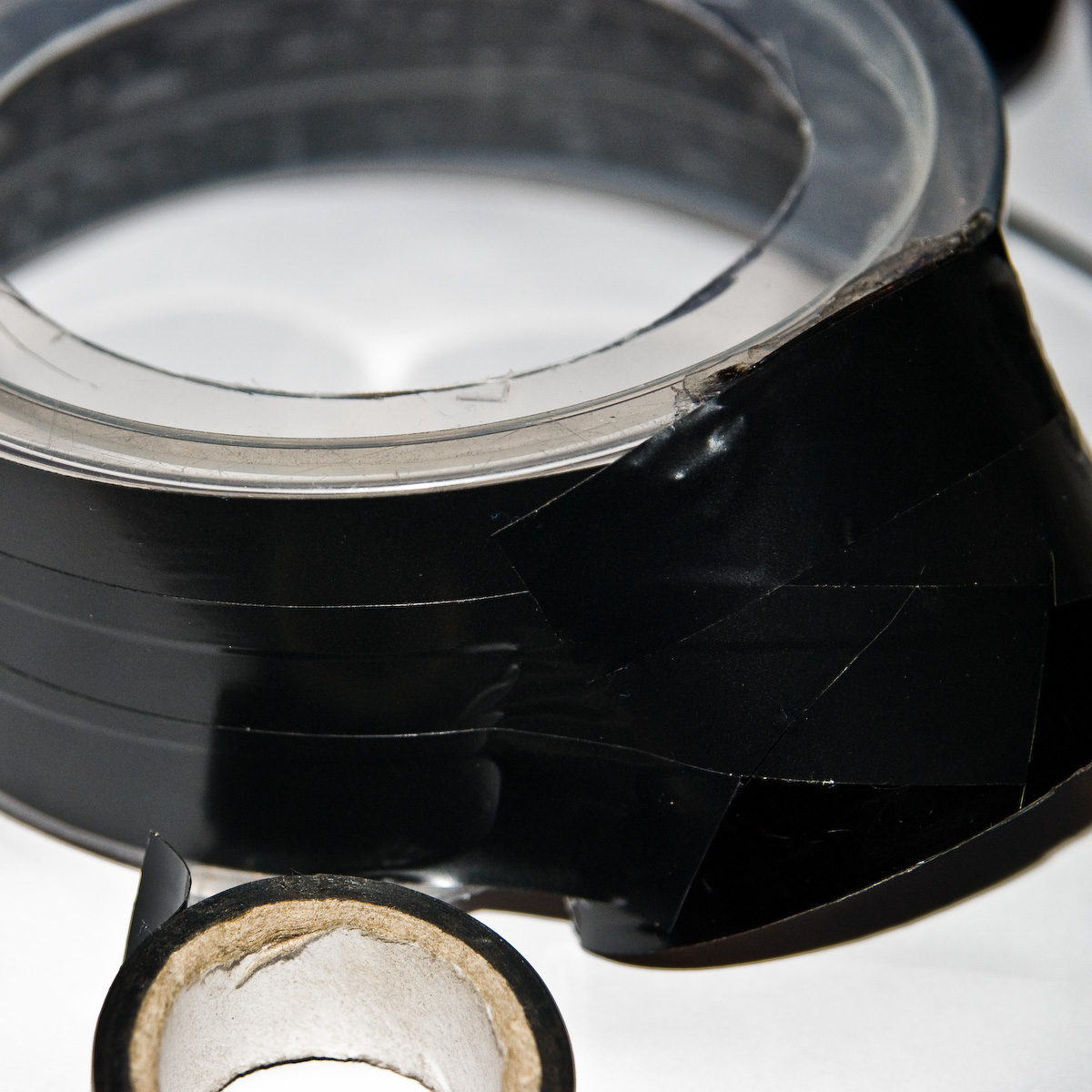
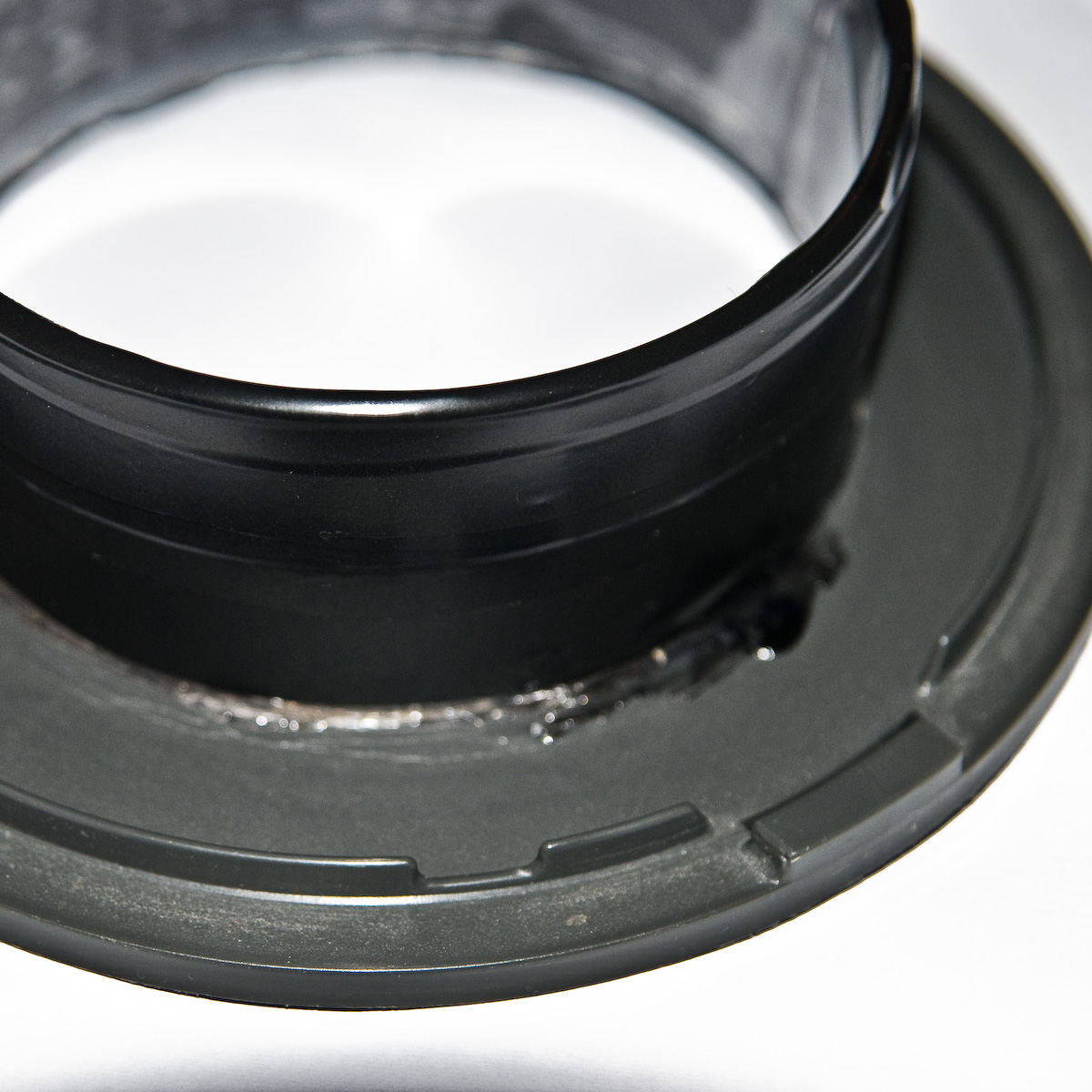
This step explains how i added an inside wall too the adapter and the flash hood on top.
The inside wall was made with the side wall of another cd/dvd case.
I cut the lid of the clear part of the case, them trimmed the lugs off from the edge which hold the case together then split it down the side.
Next i overlapped the strip of plastic until it fitted neatly and snug in the base section, taped it together then hot glue gunned it removing the tape once it had stuck firmly.
Refitting the inner tube and then gluing it in position i then turned it over and glued all the way around the base.
Next on to the Hood
taking the lid from the aerosol can i cut from the middle to the edge to give me a elliptic curved piece, then marking around the shape and cutting it out
Then on the back piece i cut out the edge to allow more light through from the flash.
Now taking the other part of the lid i positioned it in the rim of the other glued on part of the cap and then glued it in place, this will cover the on camera flash and the black will prevent stray light escaping.
Then using the leftover half of the aerosol lid i matched it up with the back of the flash hood already glued to the adapter and glued it into position(see pic to get the idea).
Then i wrapped the whole of the out side in black insulation tape including the hood this prevents stray light escaping and give it a more uniform look.
Again with the black insulation tape i covered the inside wall if the adapter see pics.
The inside wall was made with the side wall of another cd/dvd case.
I cut the lid of the clear part of the case, them trimmed the lugs off from the edge which hold the case together then split it down the side.
Next i overlapped the strip of plastic until it fitted neatly and snug in the base section, taped it together then hot glue gunned it removing the tape once it had stuck firmly.
Refitting the inner tube and then gluing it in position i then turned it over and glued all the way around the base.
Next on to the Hood
taking the lid from the aerosol can i cut from the middle to the edge to give me a elliptic curved piece, then marking around the shape and cutting it out
Then on the back piece i cut out the edge to allow more light through from the flash.
Now taking the other part of the lid i positioned it in the rim of the other glued on part of the cap and then glued it in place, this will cover the on camera flash and the black will prevent stray light escaping.
Then using the leftover half of the aerosol lid i matched it up with the back of the flash hood already glued to the adapter and glued it into position(see pic to get the idea).
Then i wrapped the whole of the out side in black insulation tape including the hood this prevents stray light escaping and give it a more uniform look.
Again with the black insulation tape i covered the inside wall if the adapter see pics.
Adding the Reflector
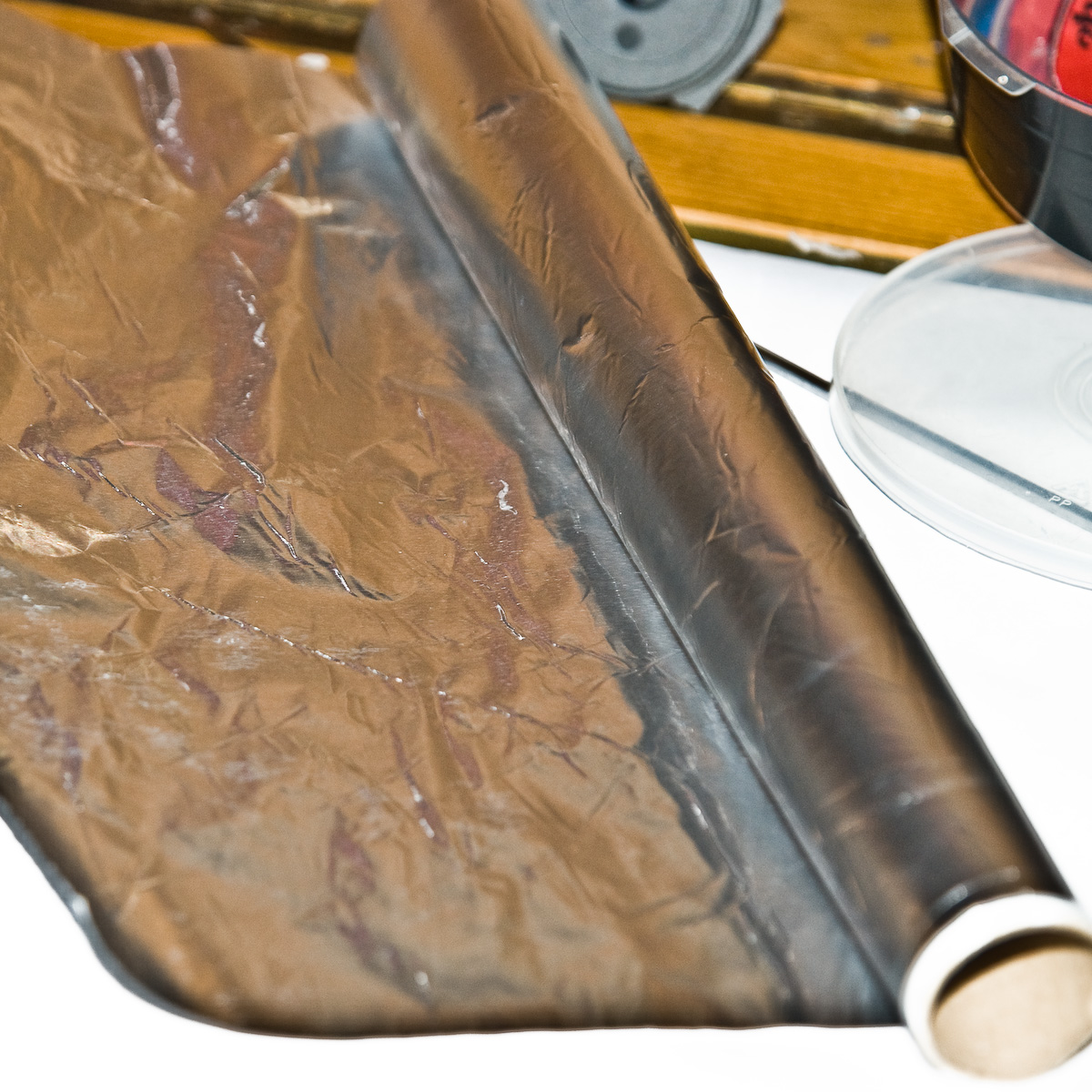
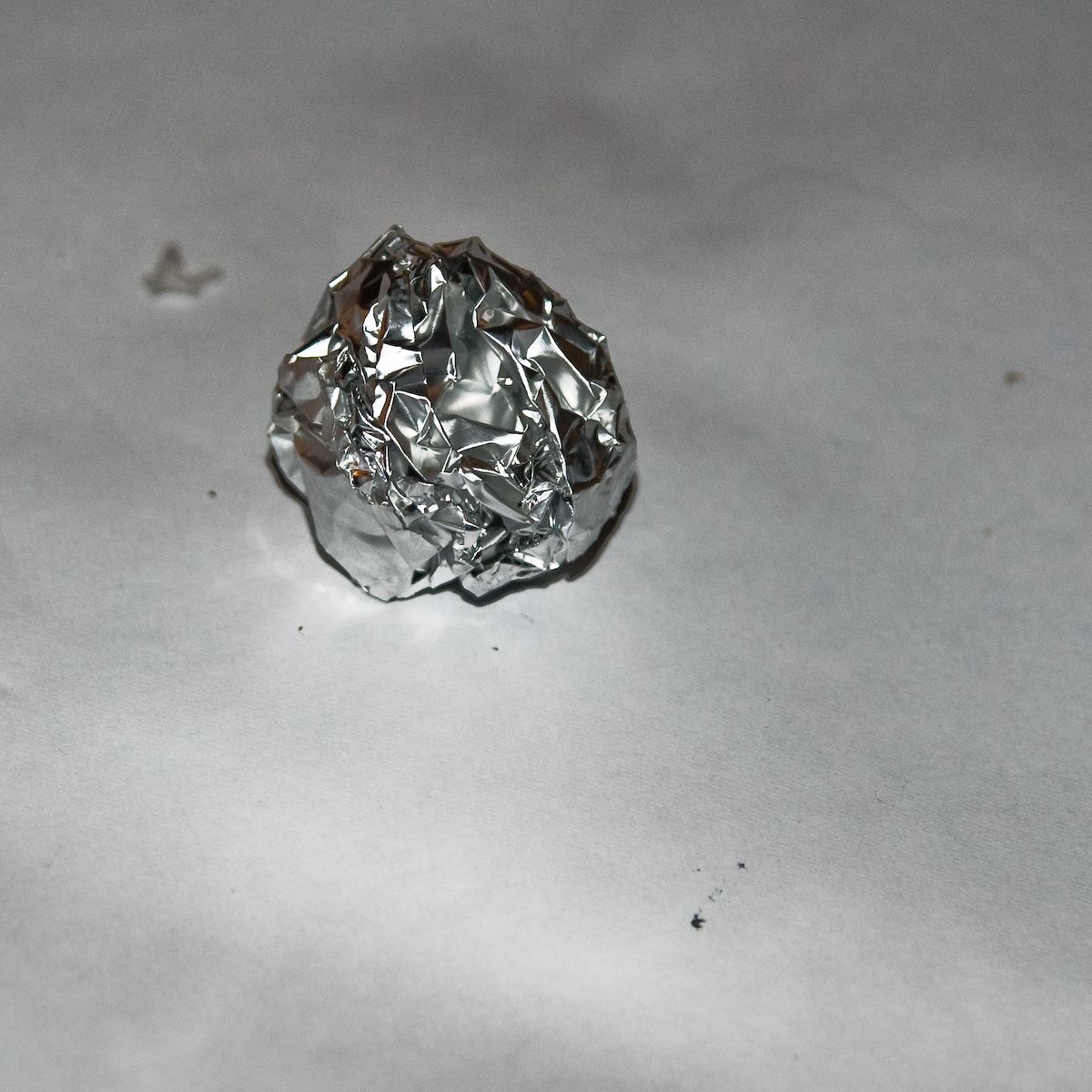
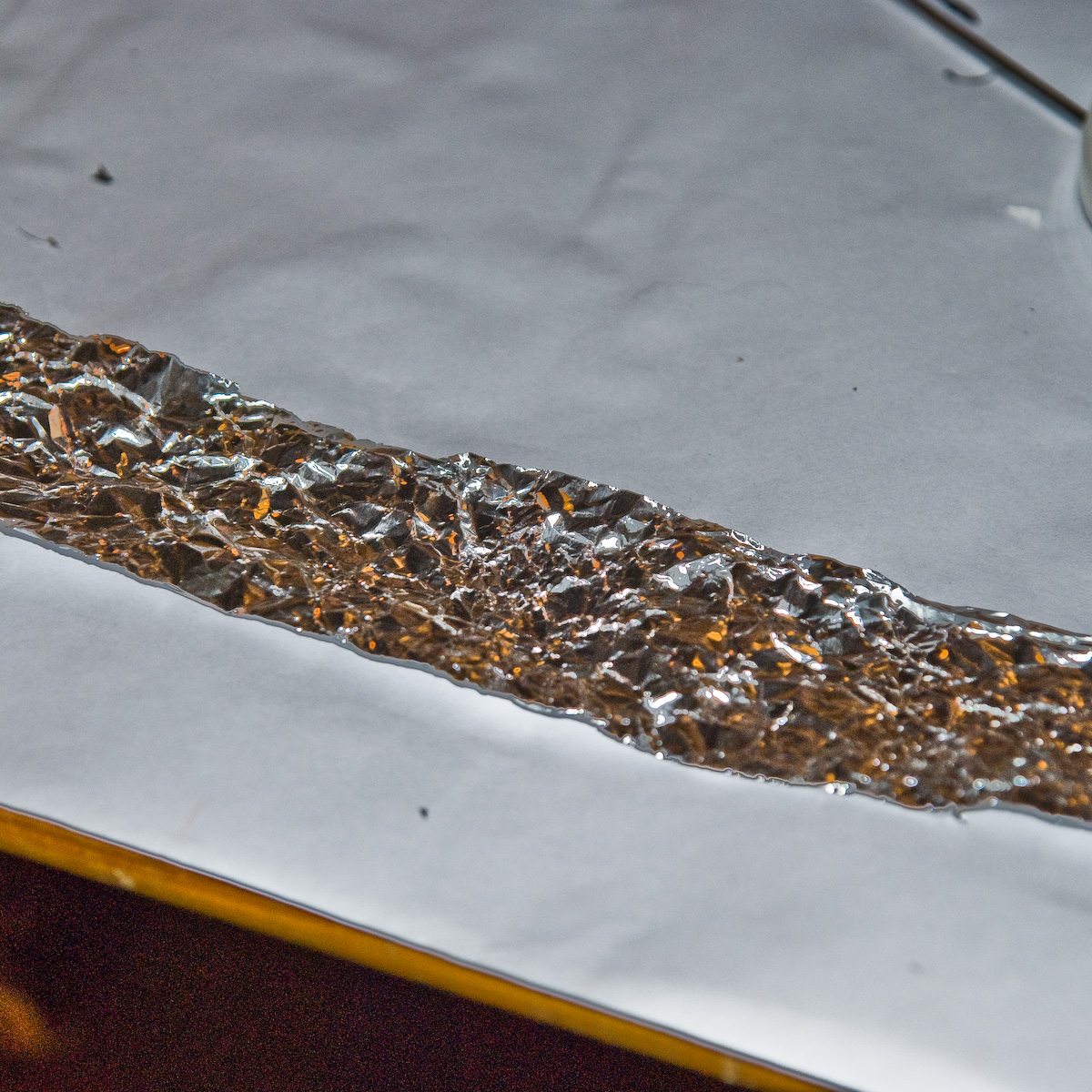
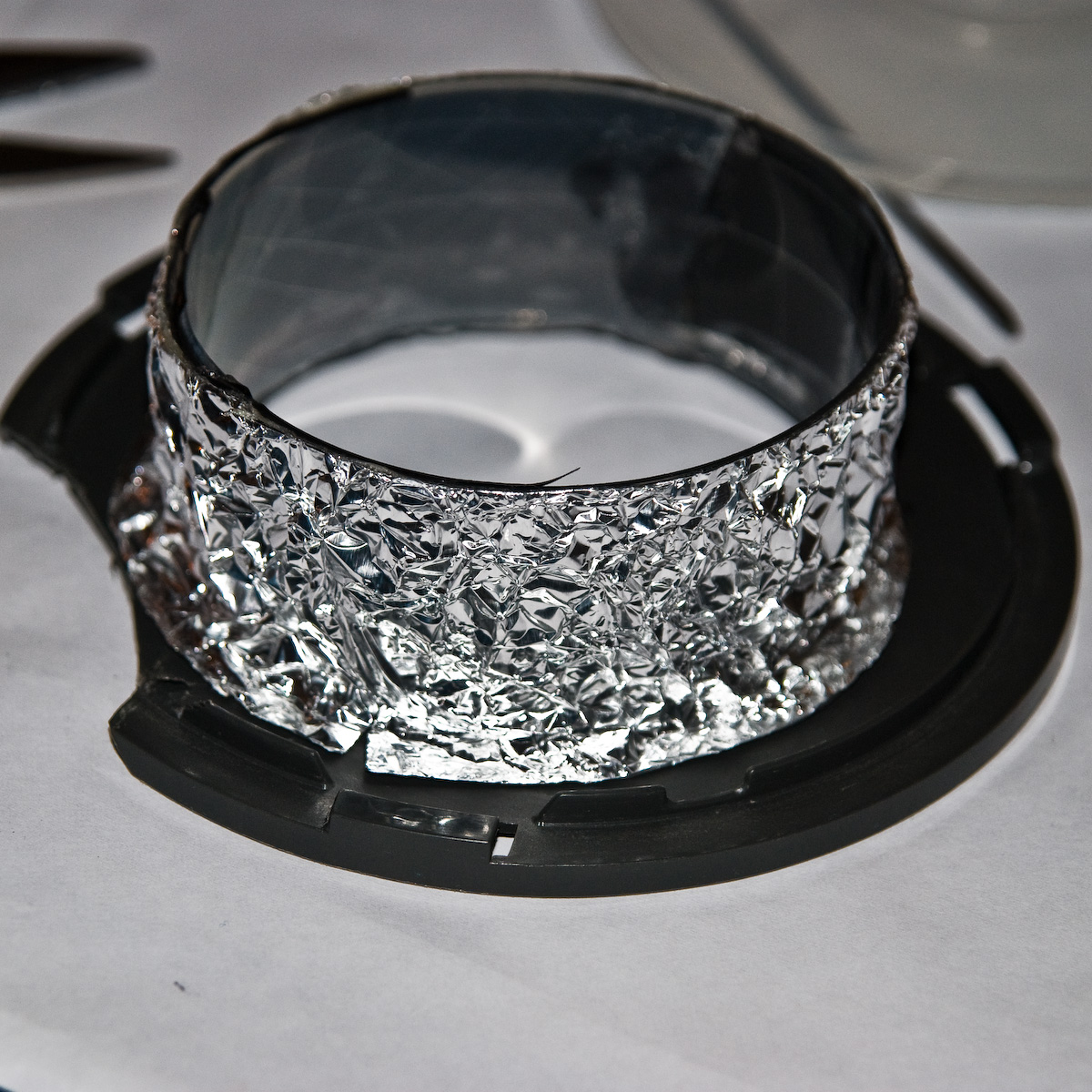
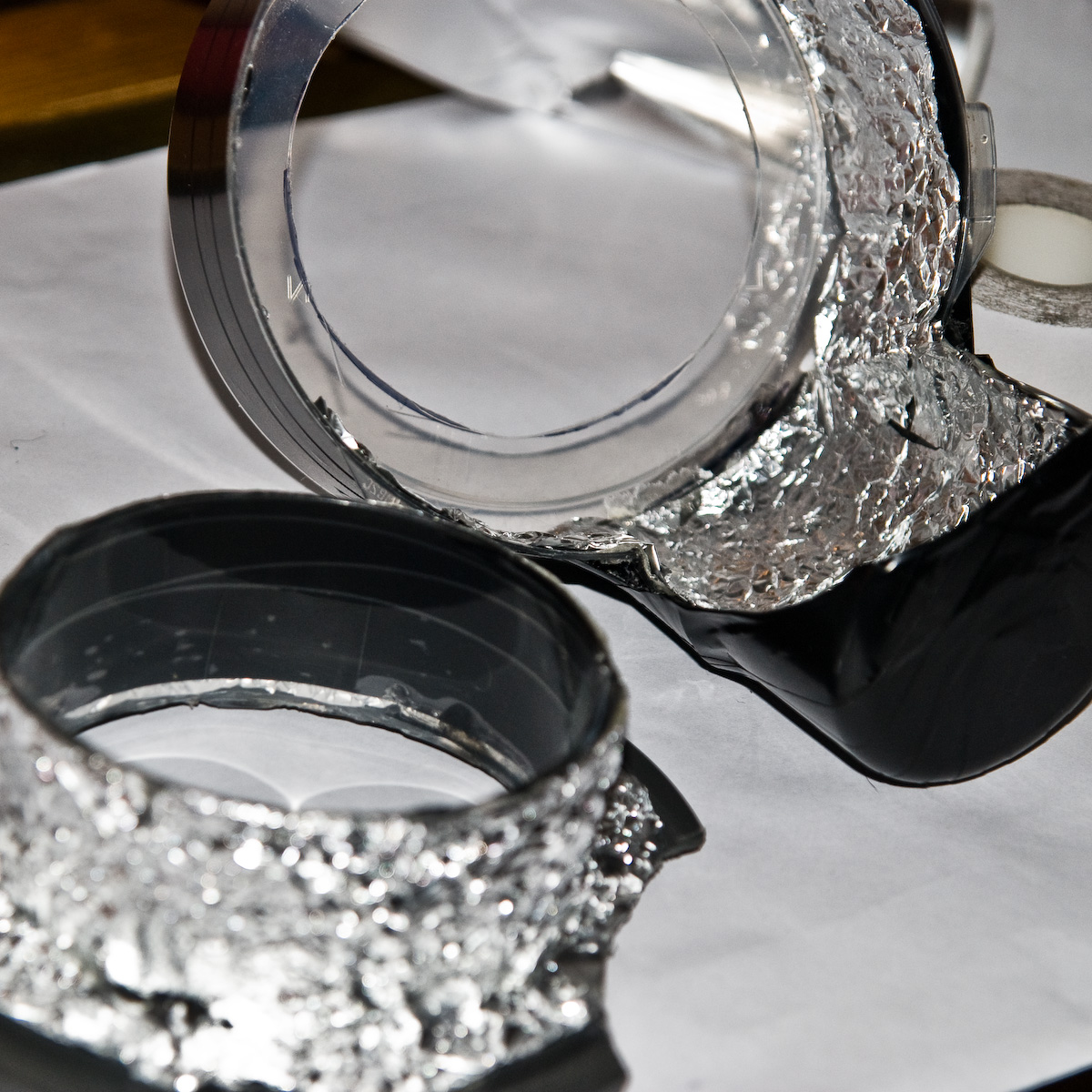
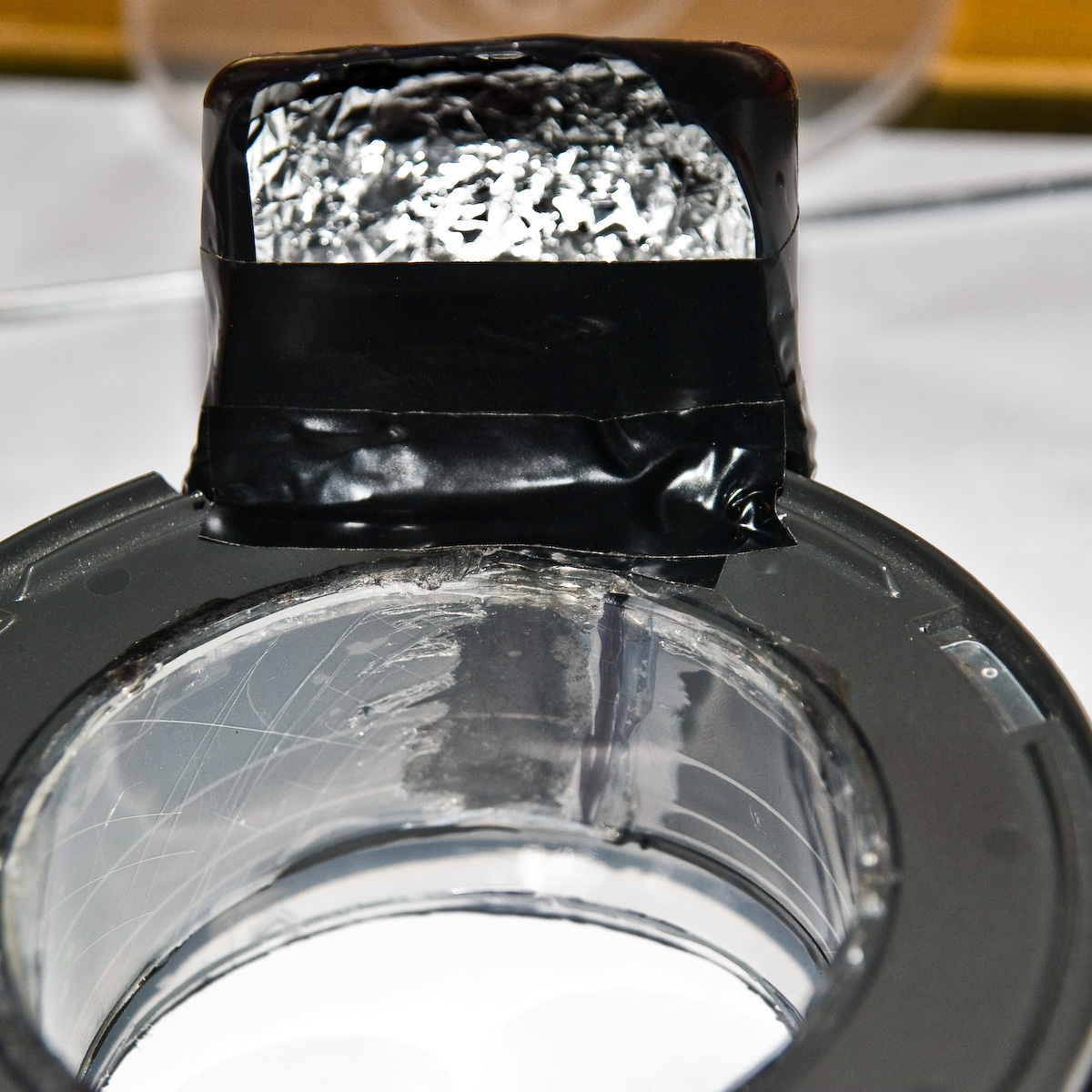
The next part was to add a reflective layer of tin foil in side the ring to reflect the flash light.
I used standard tin foil cut into strips the width of the side walls.
Then crumple it up gently so you can then open it again with out ripping it.
Doing this helps bounce the light more and spread it a little bit better.
Attach it to the inner side wall of the base piece.
The outer wall of the front clear piece and the top part of the base piece ensuring you can still get the two parts together again.
I used double sided tape it was handy and stuck really well but im sure a number of alternatives are available just make sure when your sticking it down you have the shiny side the right way out.
Once done put the too half's together and apply a little glue if its not very secure, I then added a couple of strips of black insulation tape to the rear at the hood leaving enough of a gap to slip the flash into the hole, i cut out a small rectangle crumpled it and attached it to the inside sticky surface of the tape.
I used standard tin foil cut into strips the width of the side walls.
Then crumple it up gently so you can then open it again with out ripping it.
Doing this helps bounce the light more and spread it a little bit better.
Attach it to the inner side wall of the base piece.
The outer wall of the front clear piece and the top part of the base piece ensuring you can still get the two parts together again.
I used double sided tape it was handy and stuck really well but im sure a number of alternatives are available just make sure when your sticking it down you have the shiny side the right way out.
Once done put the too half's together and apply a little glue if its not very secure, I then added a couple of strips of black insulation tape to the rear at the hood leaving enough of a gap to slip the flash into the hole, i cut out a small rectangle crumpled it and attached it to the inside sticky surface of the tape.
Finishing Touches
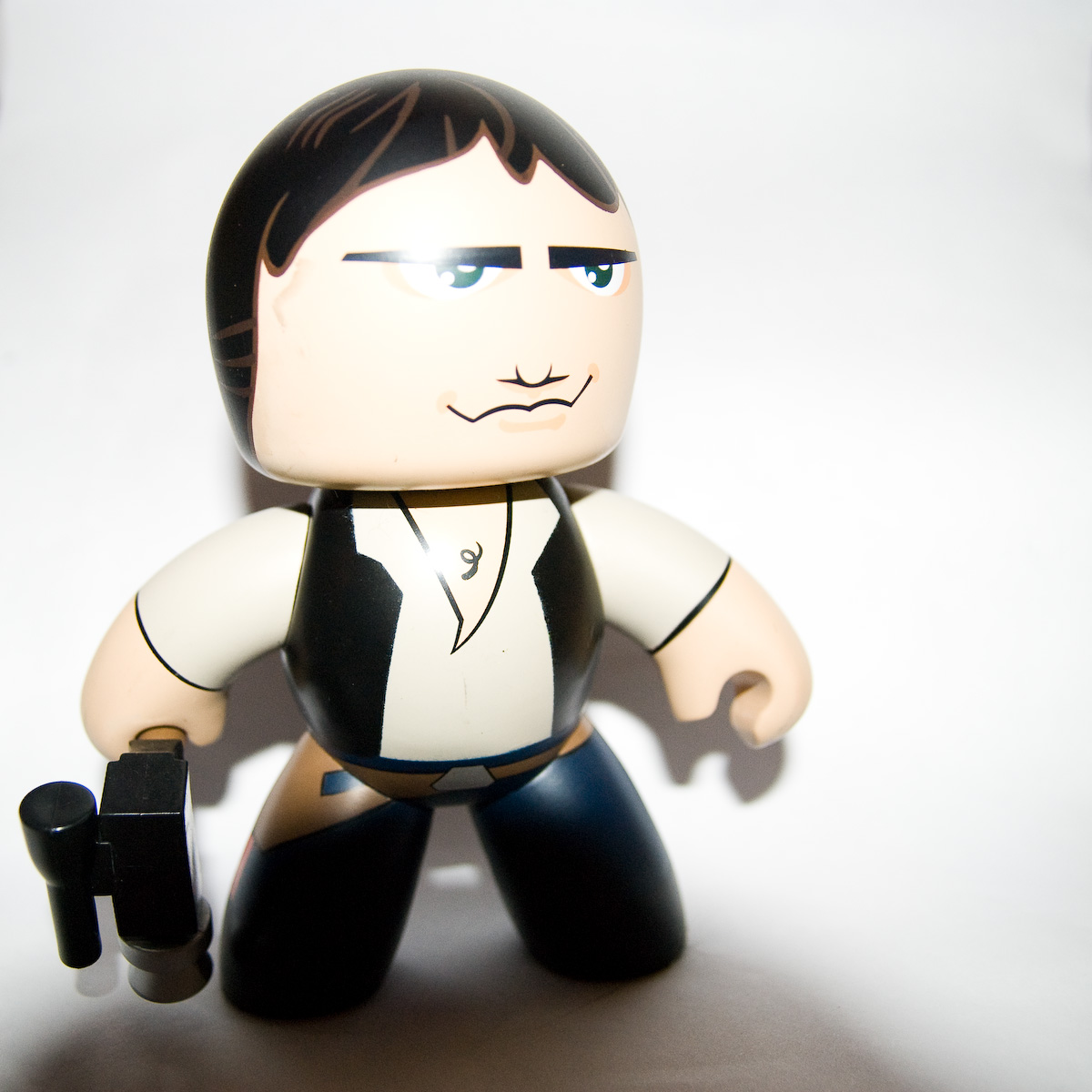
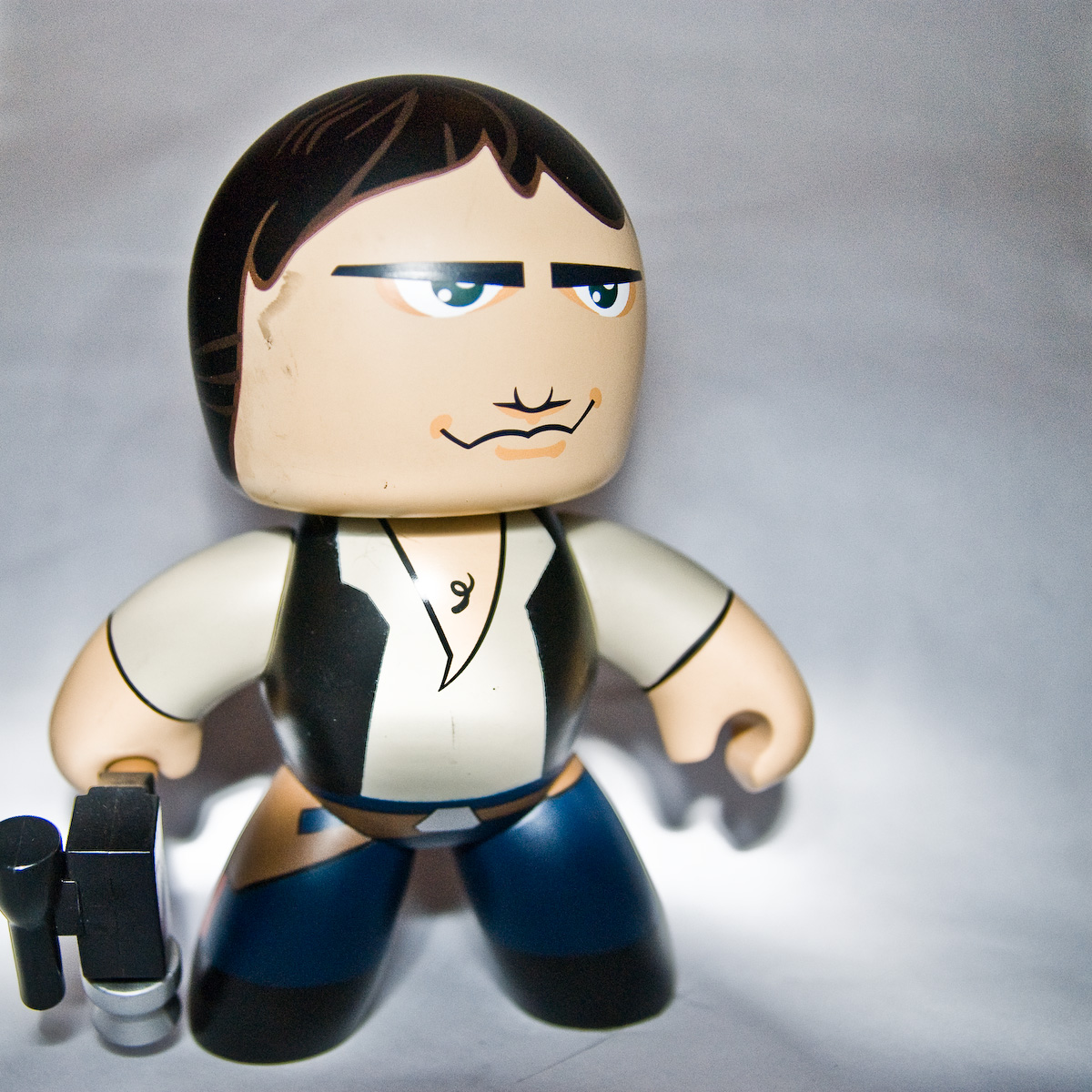

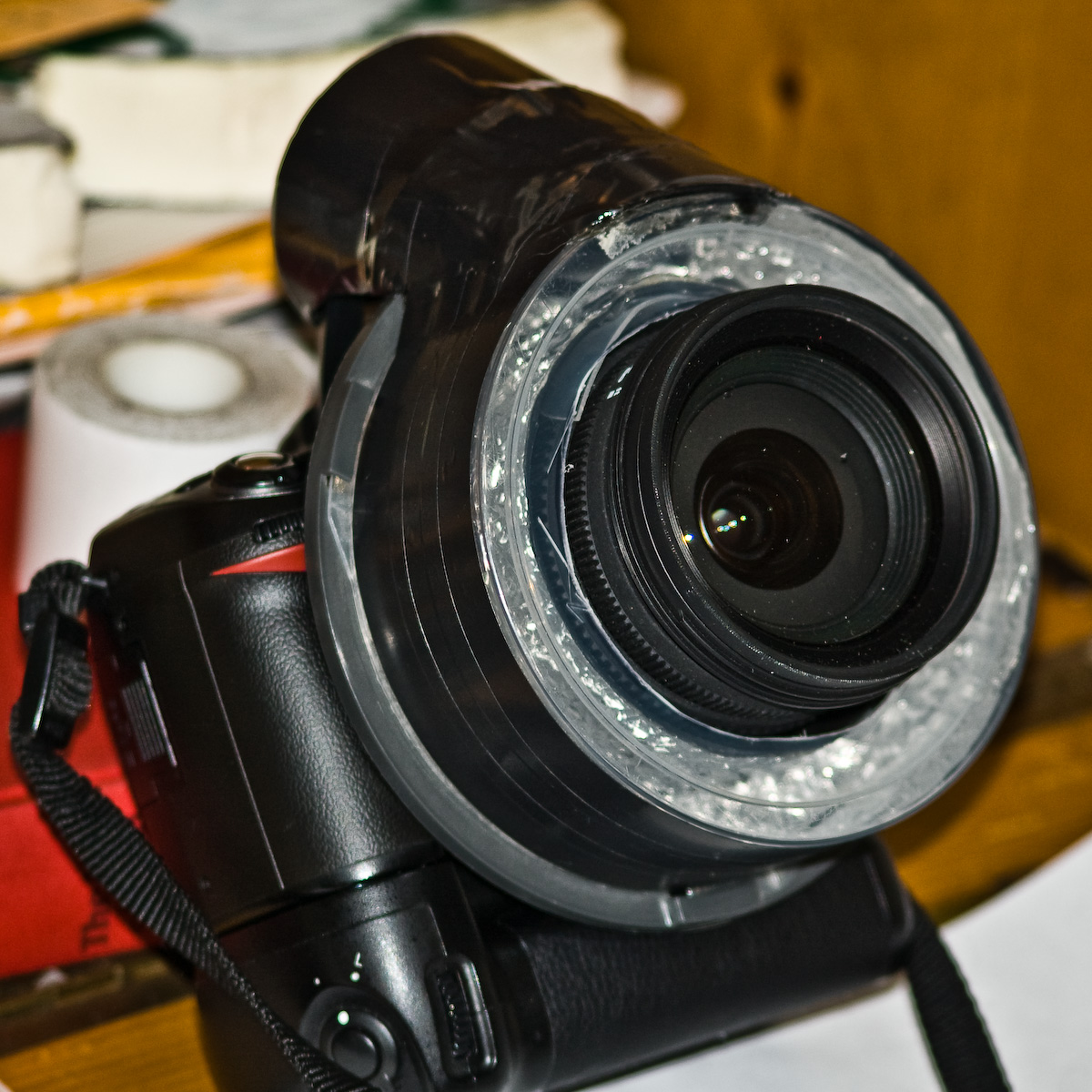
there are few things you can do once the finished things complete.
possibly use colored gels to get different lighting effects possibly use multiple colours for a kaleidoscope effect.
Use tracing paper or something similar to diffuse and soften the light more but remember to adjust your flash compensation accordingly.
Try a thiner cd case like the ten packs these might give you a brighter flash.
Try it with an off camera flash i picked an old one up off ebay for about £20 ($30) and try modifying the design.
Remember to cut the center hole big enough to fit the lens you want to use if you find it works for you try using some pieces of foam wedged between the lens and ring to keep it more secure.
check the pics to see the difference, i had to stick the flash compensate to +1 to get enough light but as you can see for close work its really good just a little highlight and dark shadow at the base like i normally get, will try with a tracing diffuse and see if its any more natural
Maybe not strictly a specialized night time instructible but it does make night time snaps really look good. So have ago let me know how it works out and any advice will be greatly received.
possibly use colored gels to get different lighting effects possibly use multiple colours for a kaleidoscope effect.
Use tracing paper or something similar to diffuse and soften the light more but remember to adjust your flash compensation accordingly.
Try a thiner cd case like the ten packs these might give you a brighter flash.
Try it with an off camera flash i picked an old one up off ebay for about £20 ($30) and try modifying the design.
Remember to cut the center hole big enough to fit the lens you want to use if you find it works for you try using some pieces of foam wedged between the lens and ring to keep it more secure.
check the pics to see the difference, i had to stick the flash compensate to +1 to get enough light but as you can see for close work its really good just a little highlight and dark shadow at the base like i normally get, will try with a tracing diffuse and see if its any more natural
Maybe not strictly a specialized night time instructible but it does make night time snaps really look good. So have ago let me know how it works out and any advice will be greatly received.